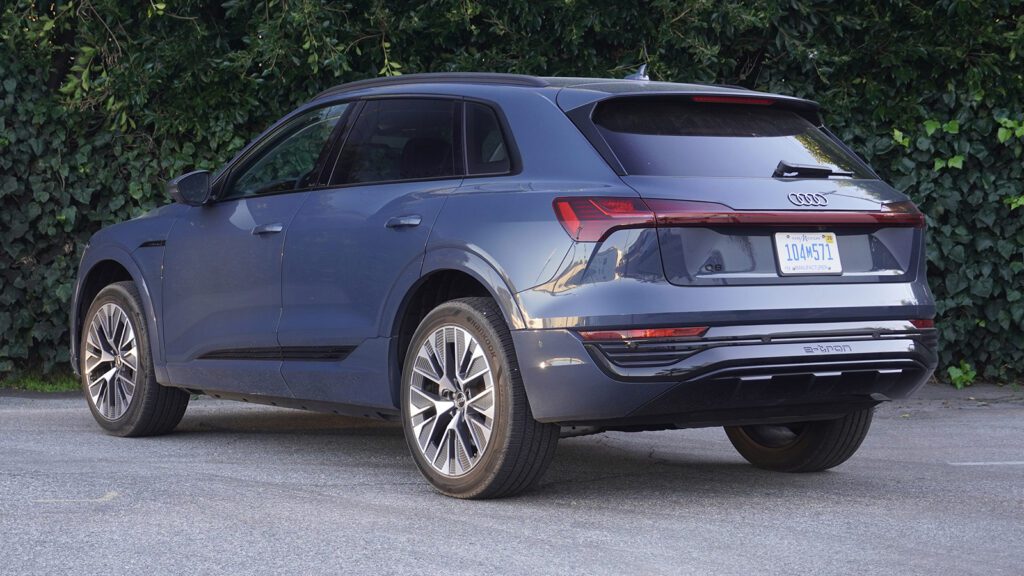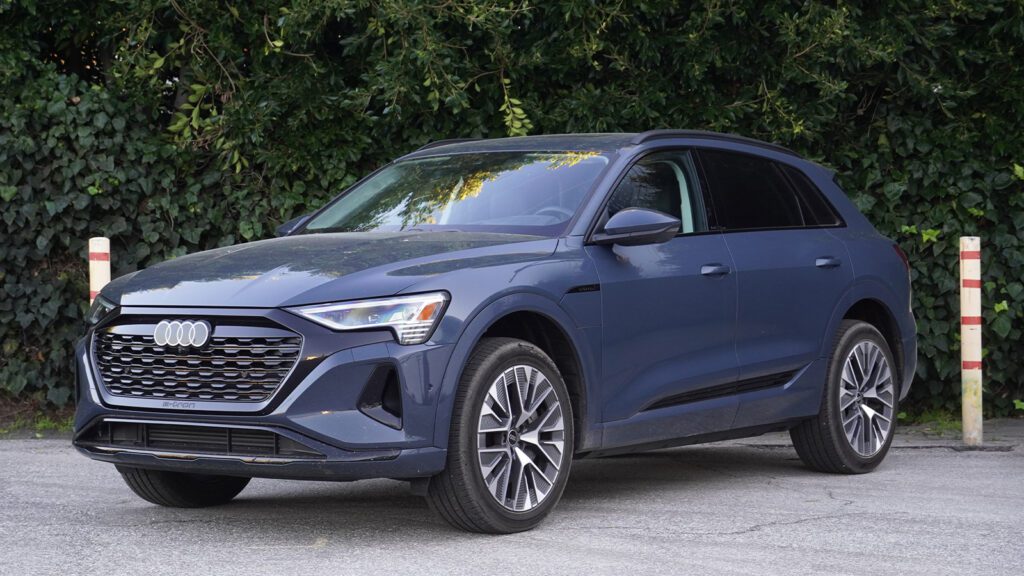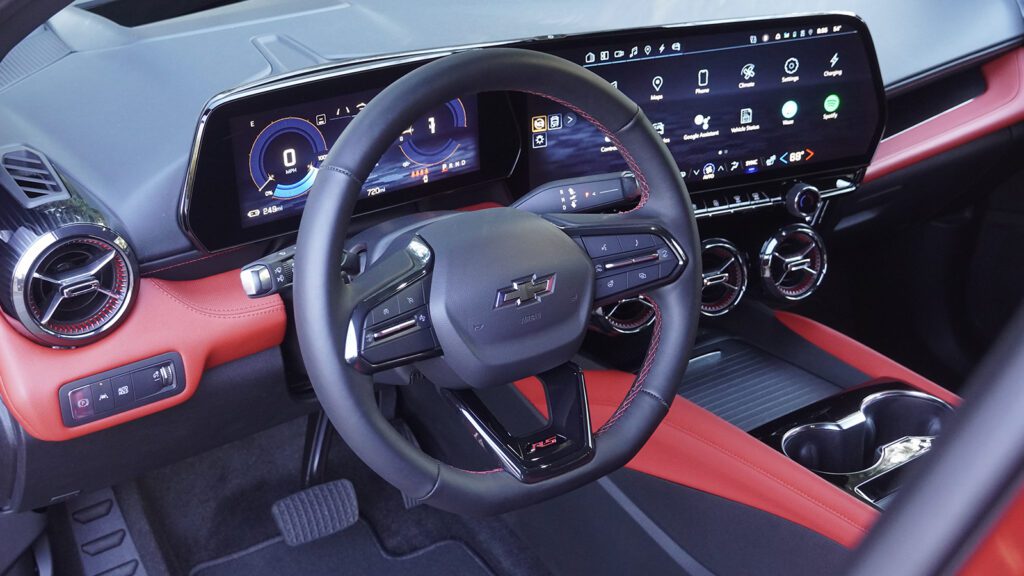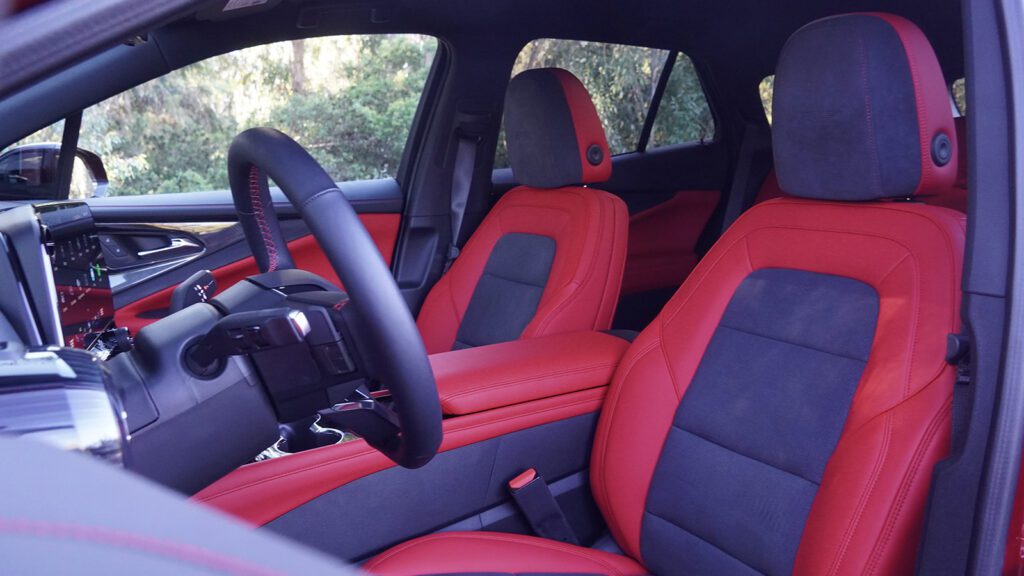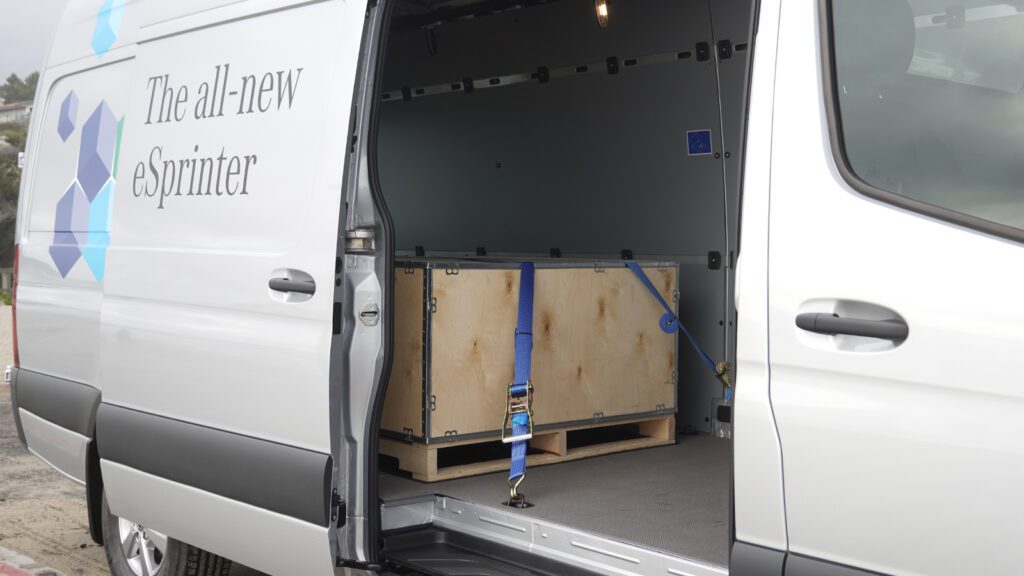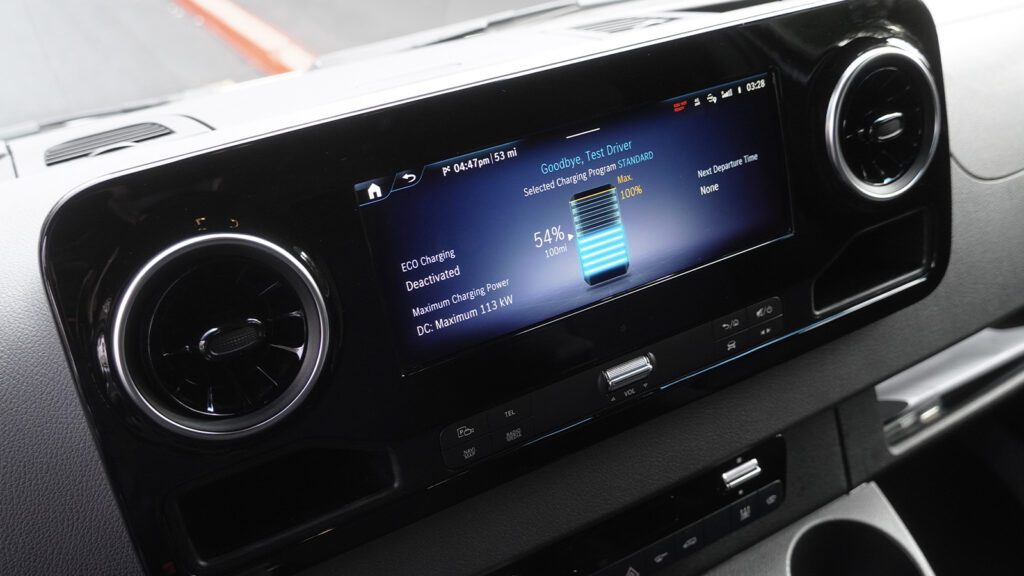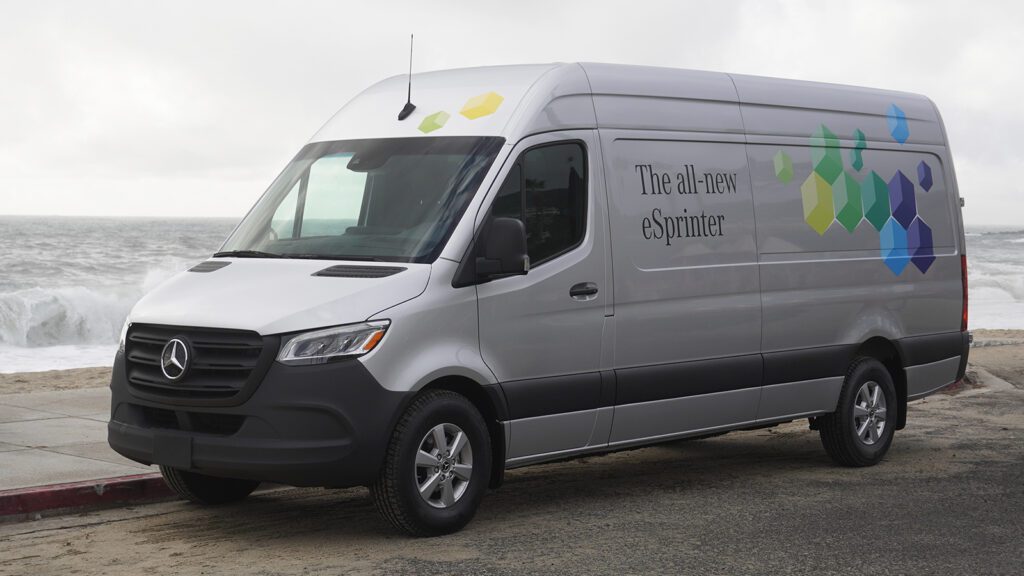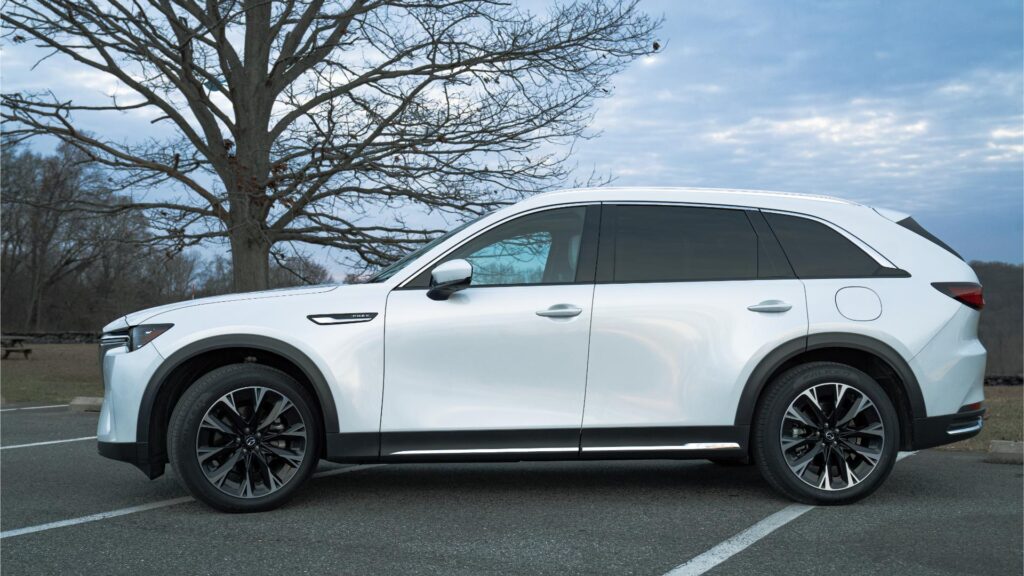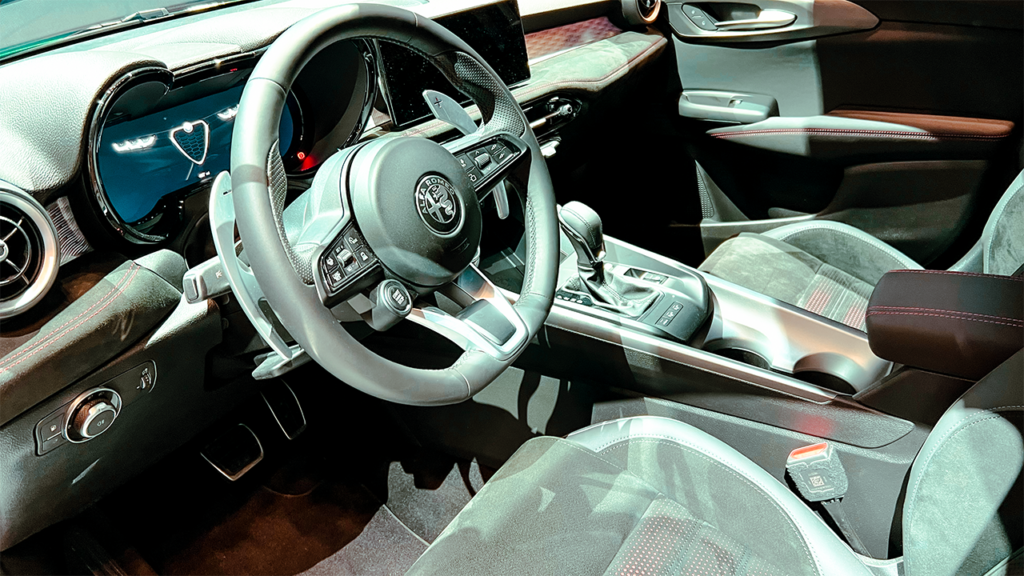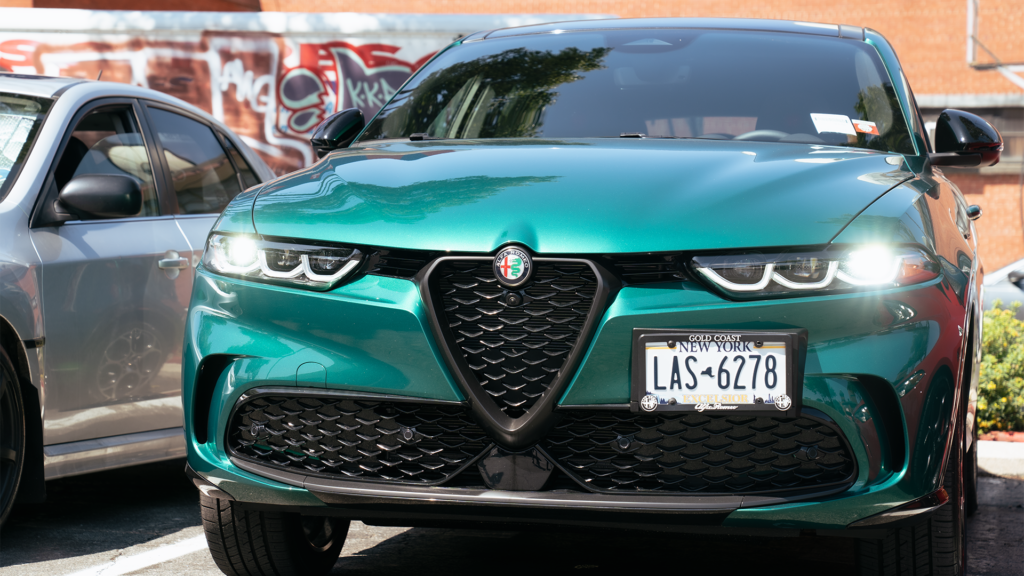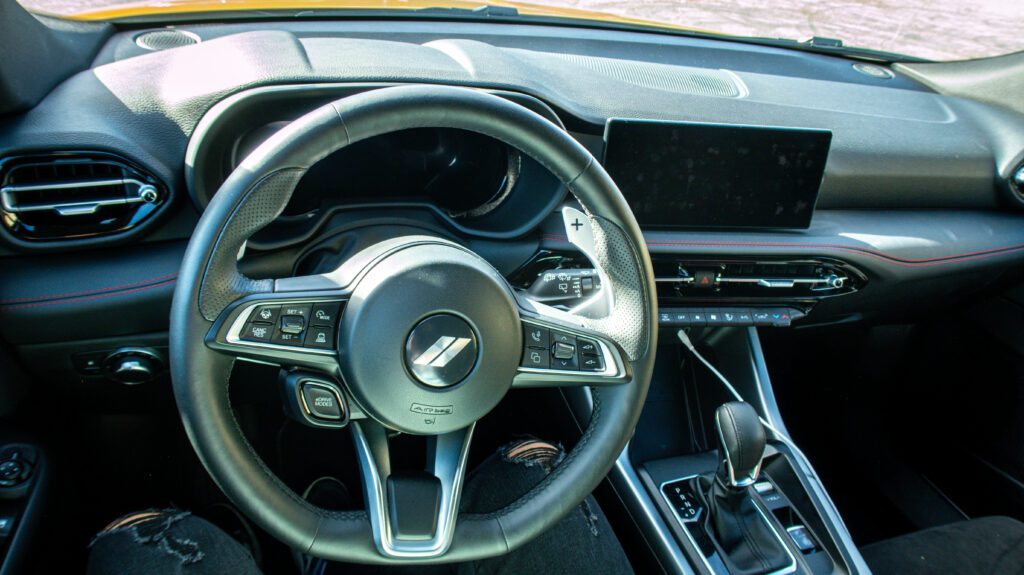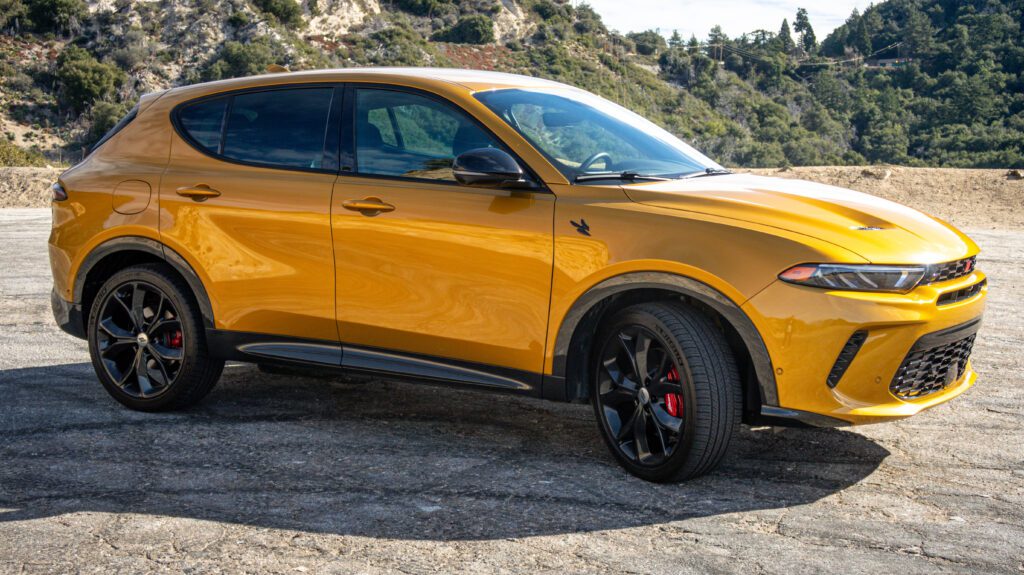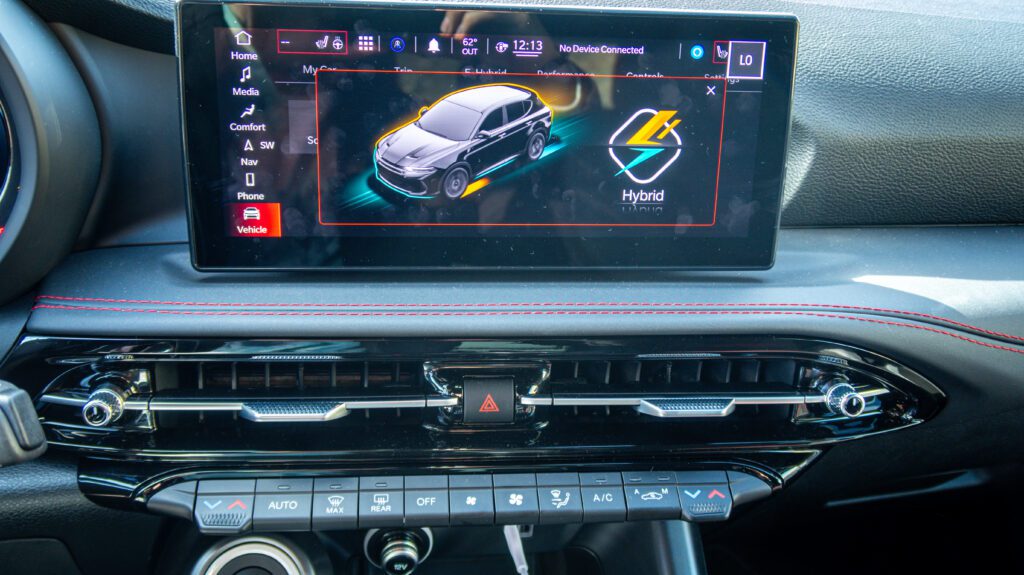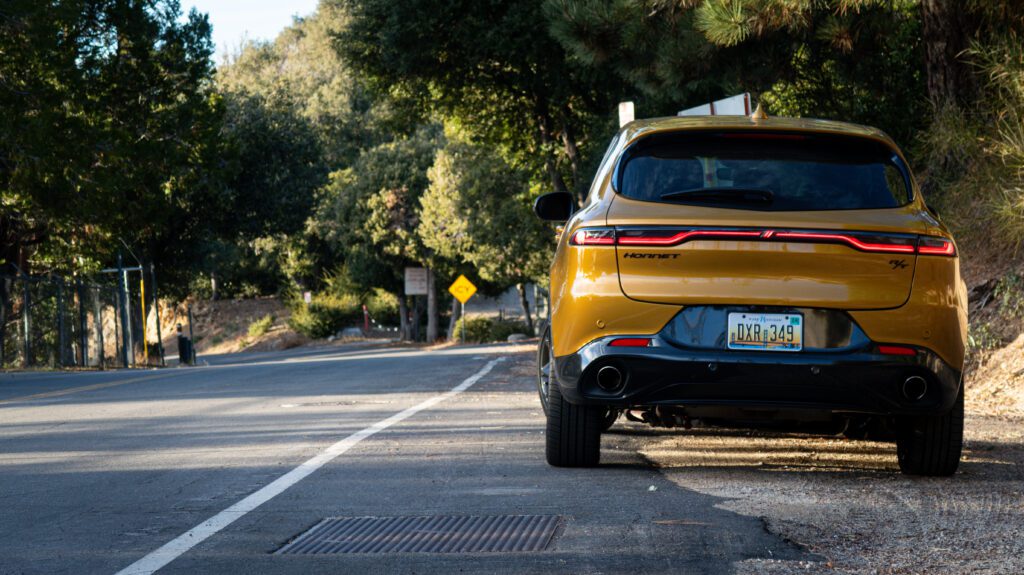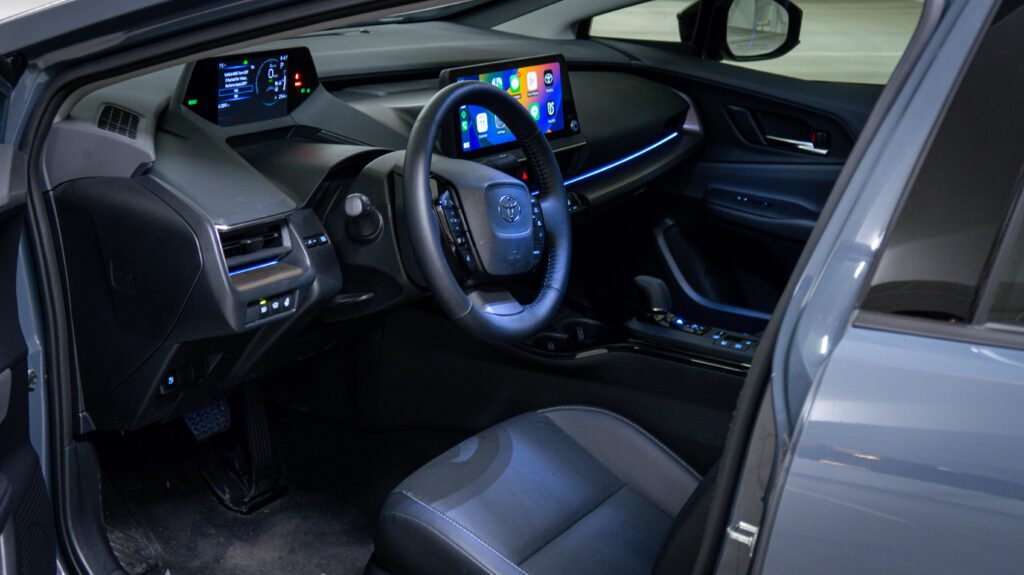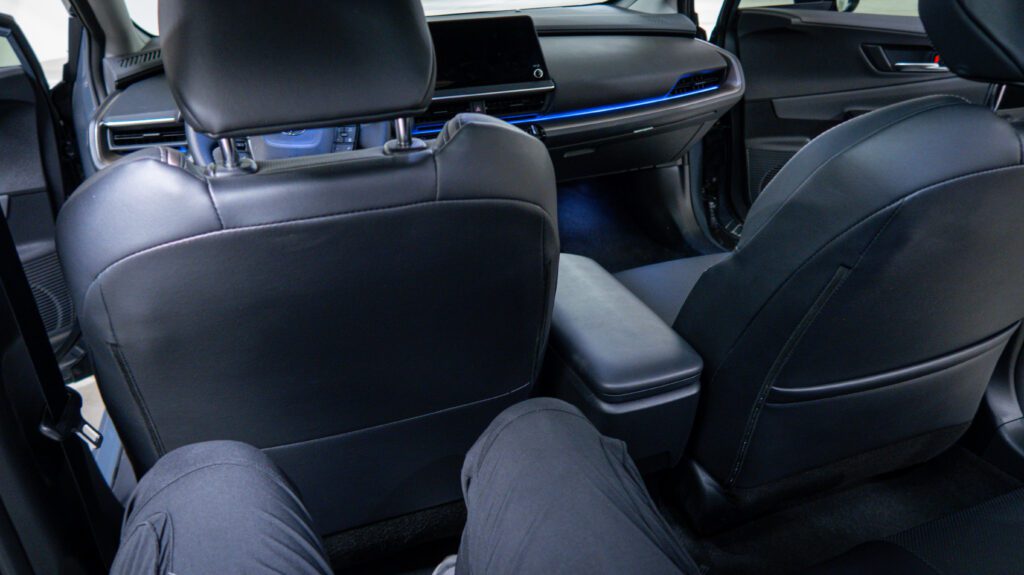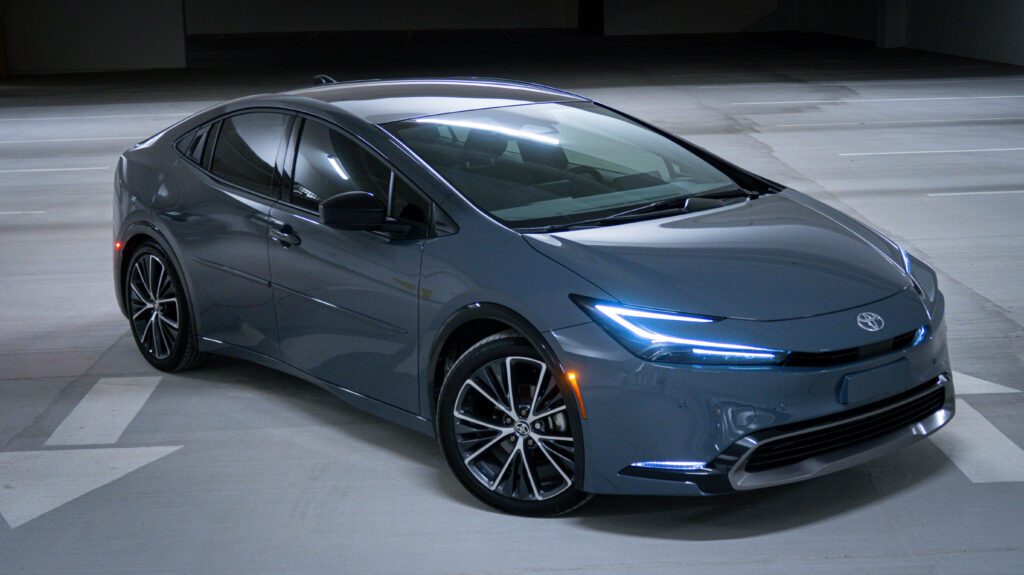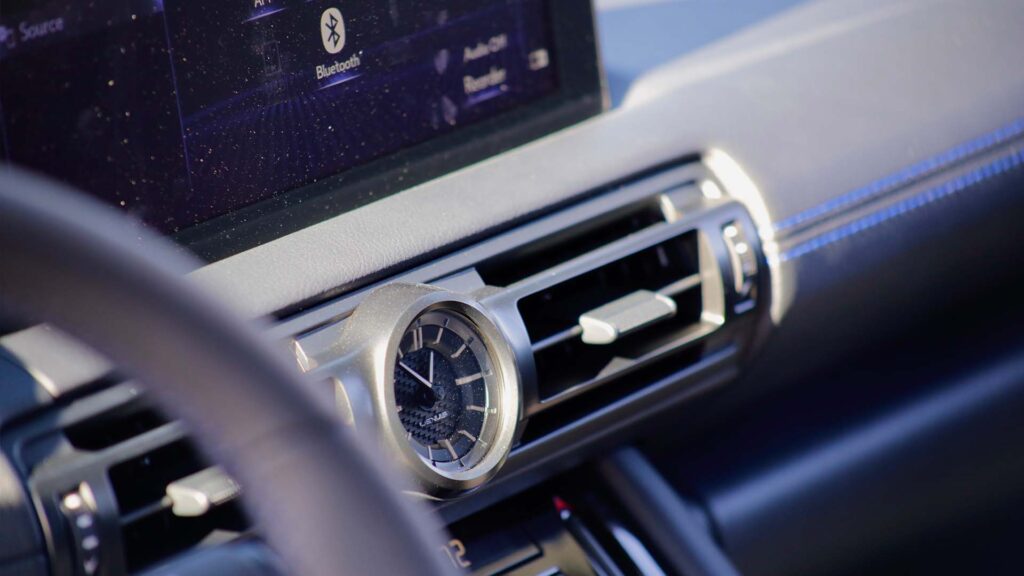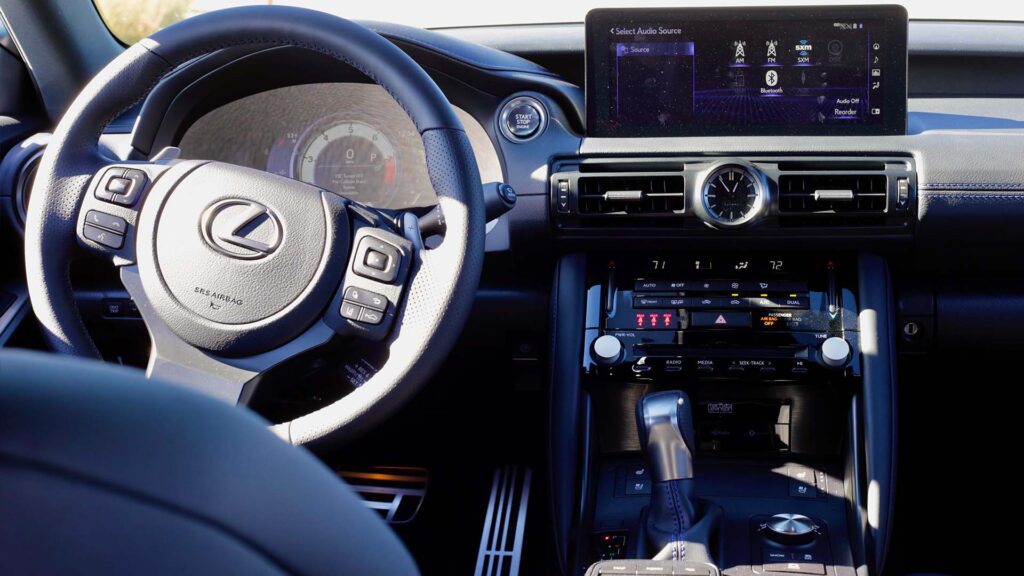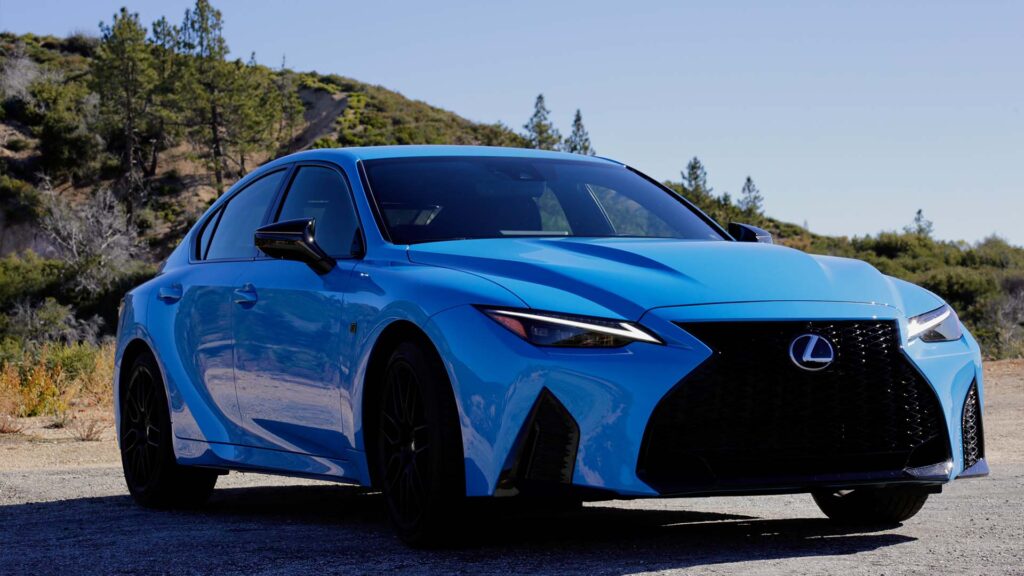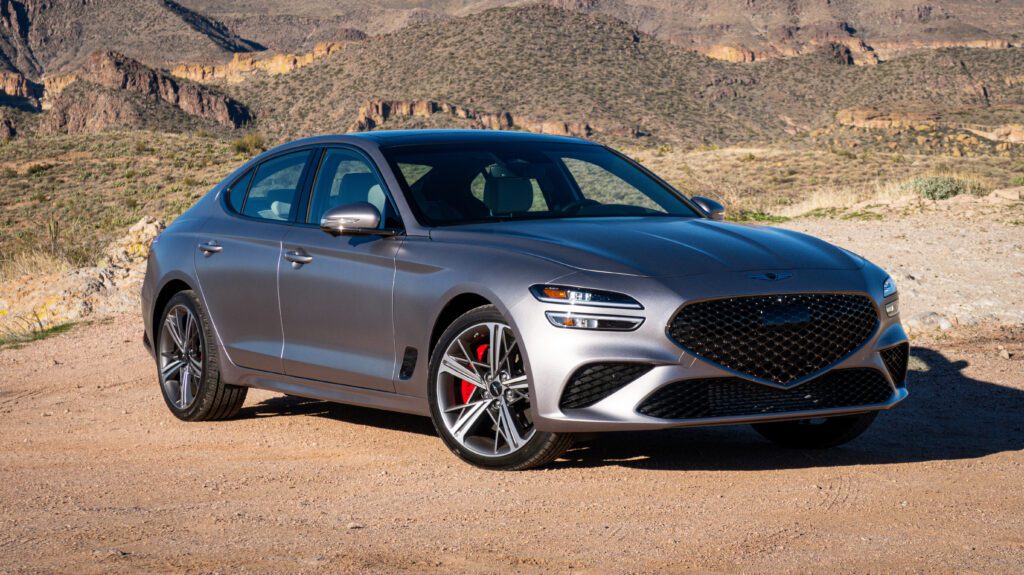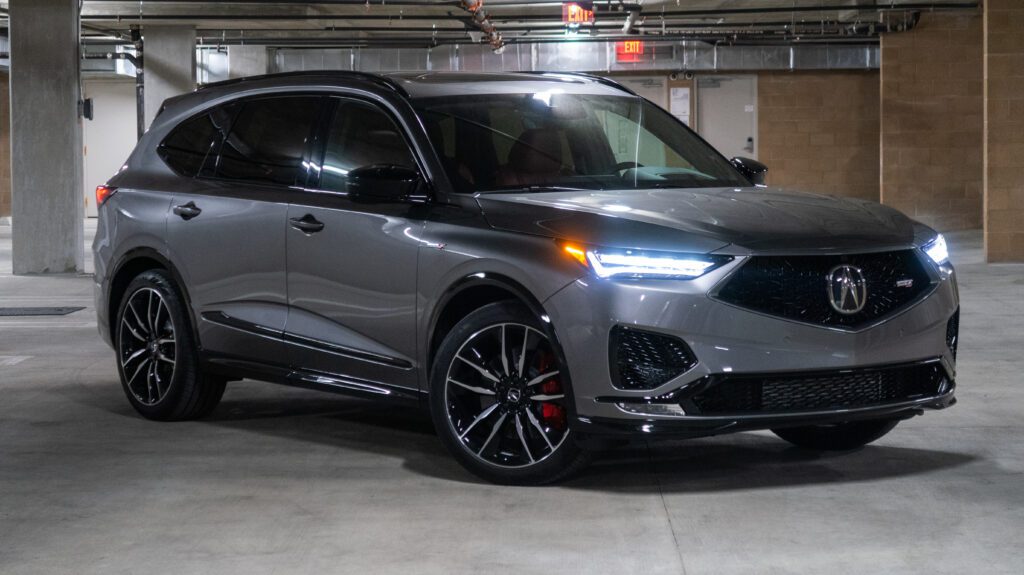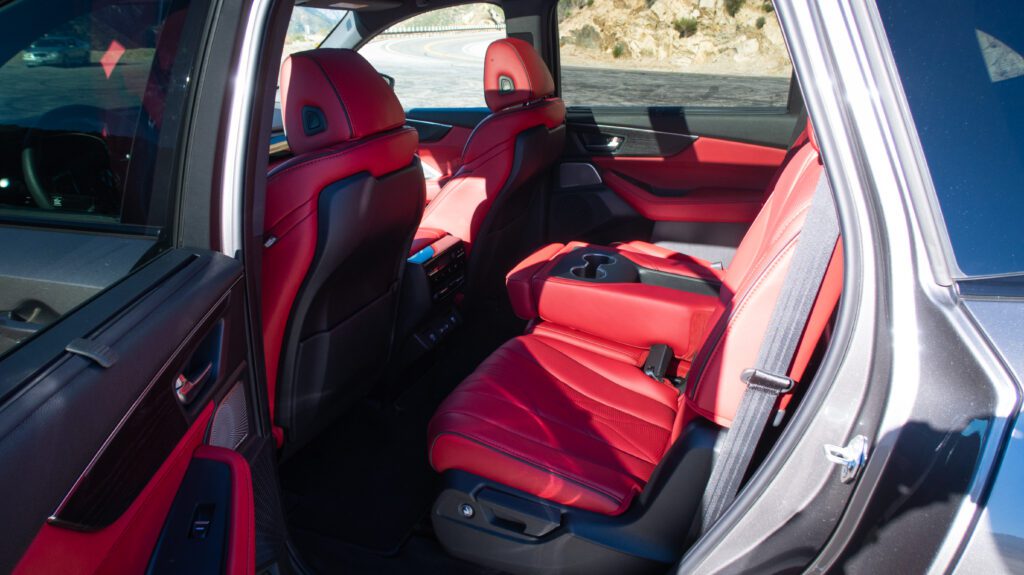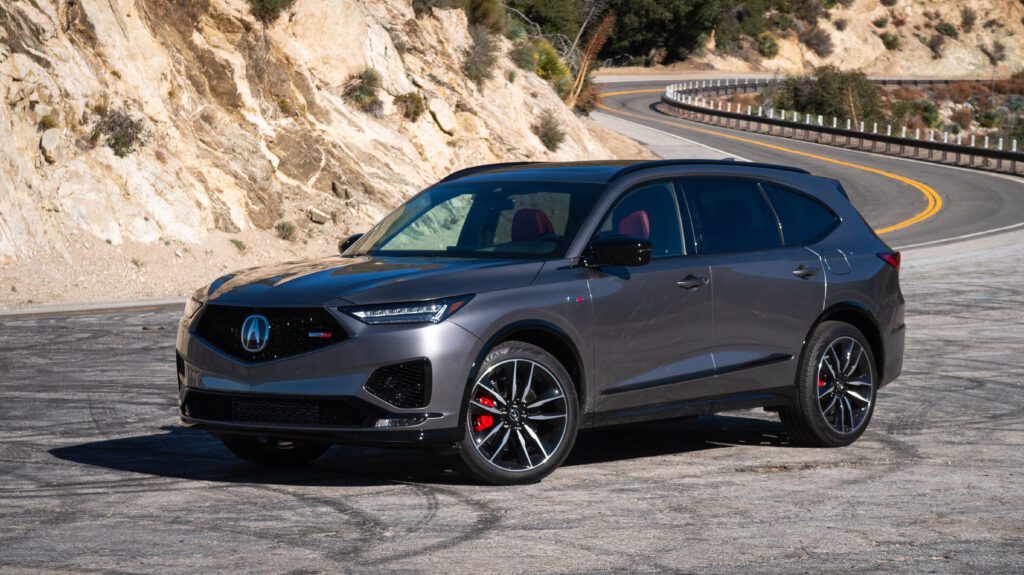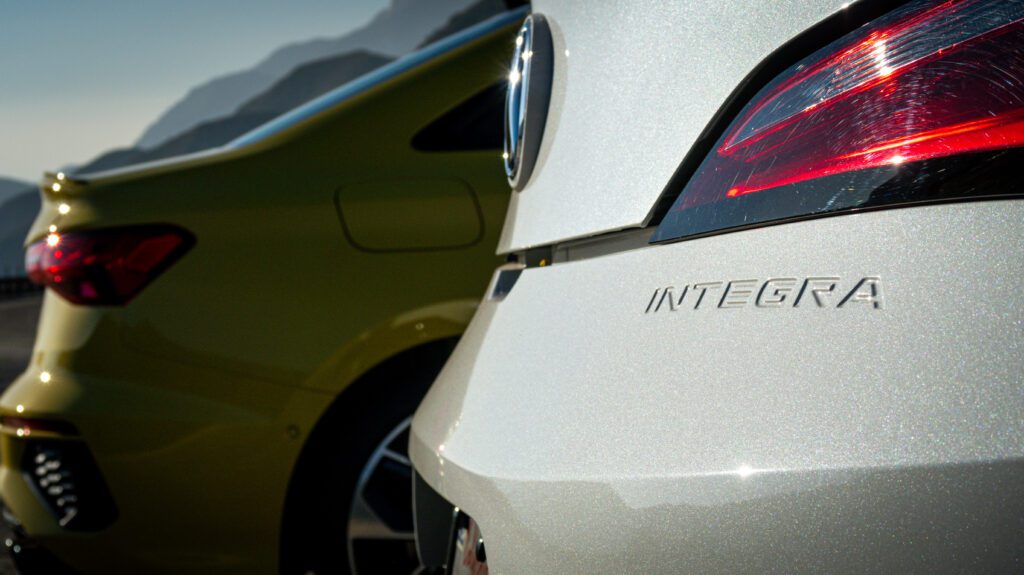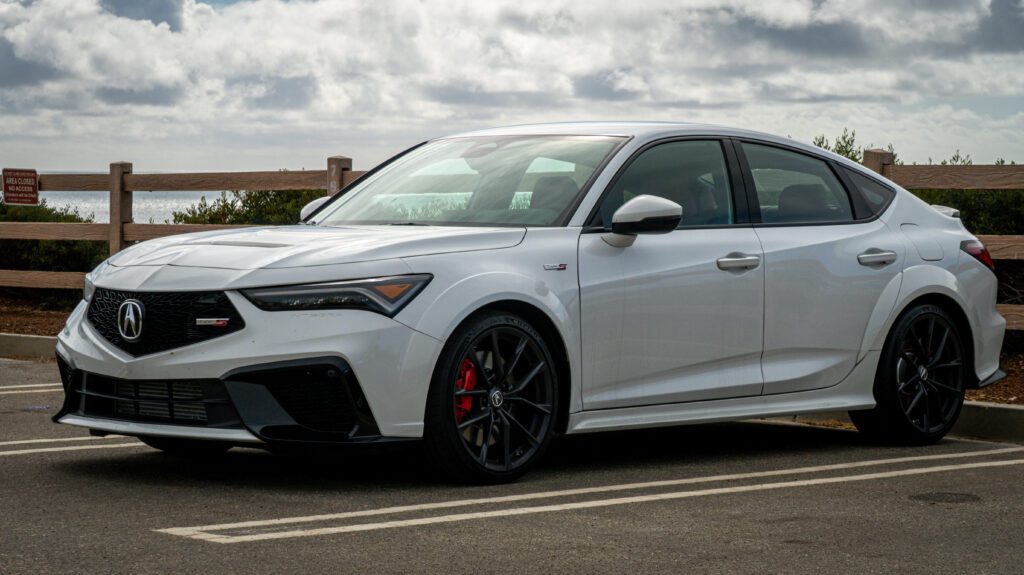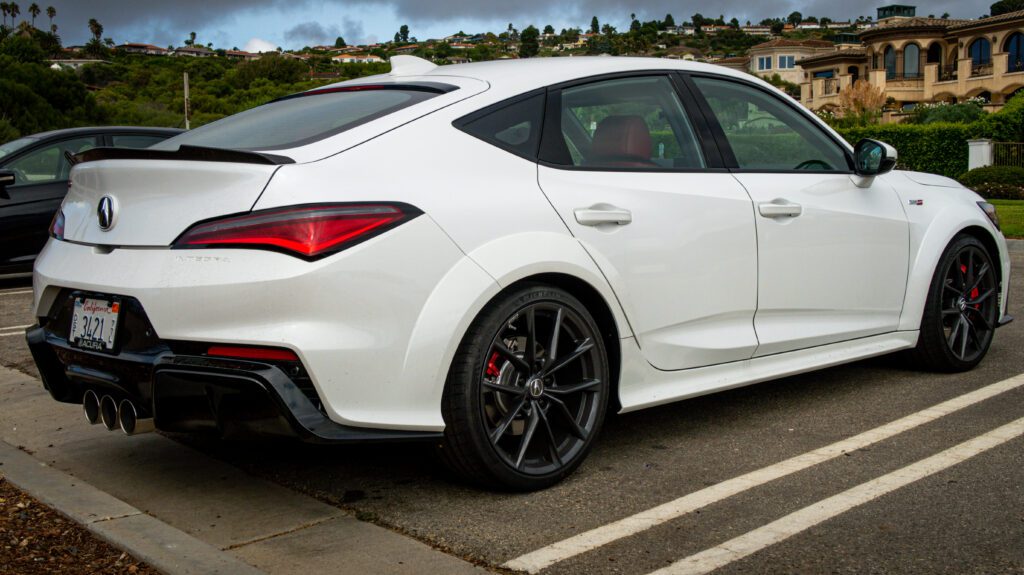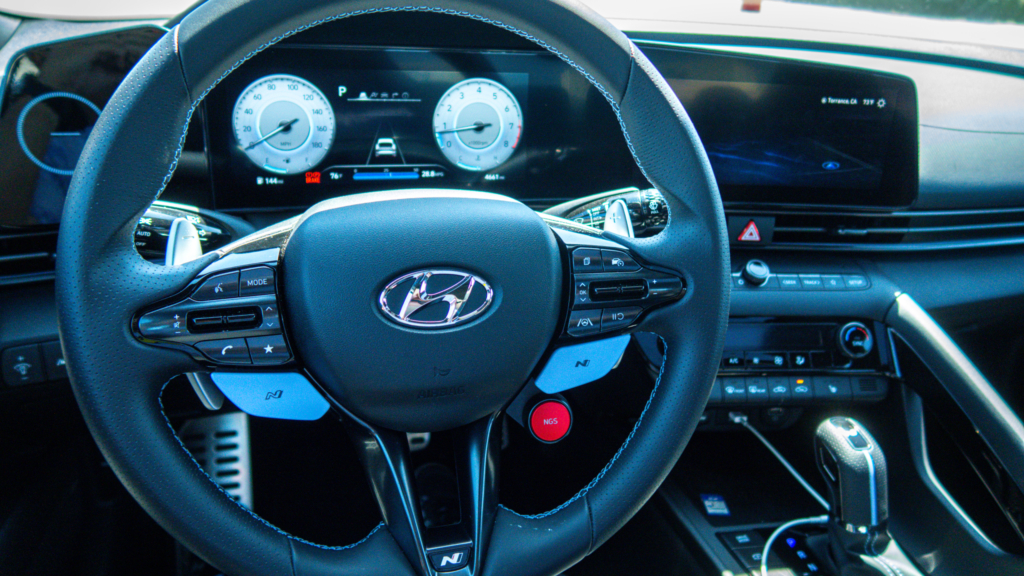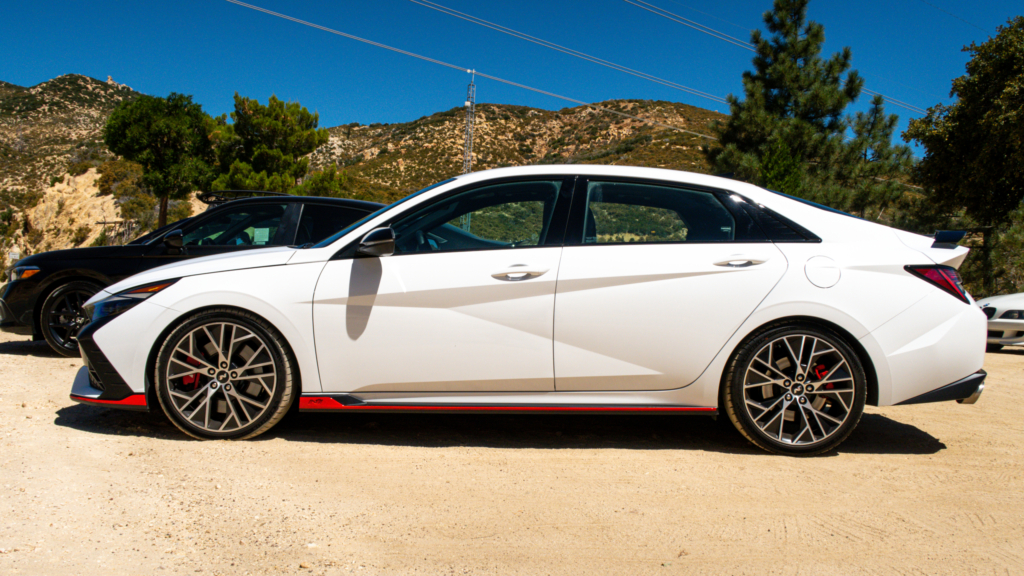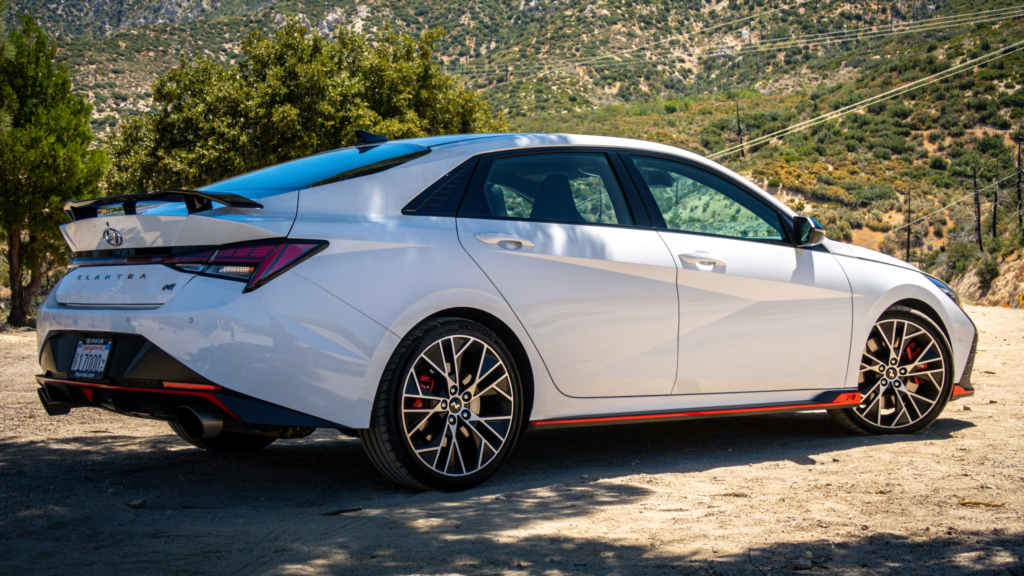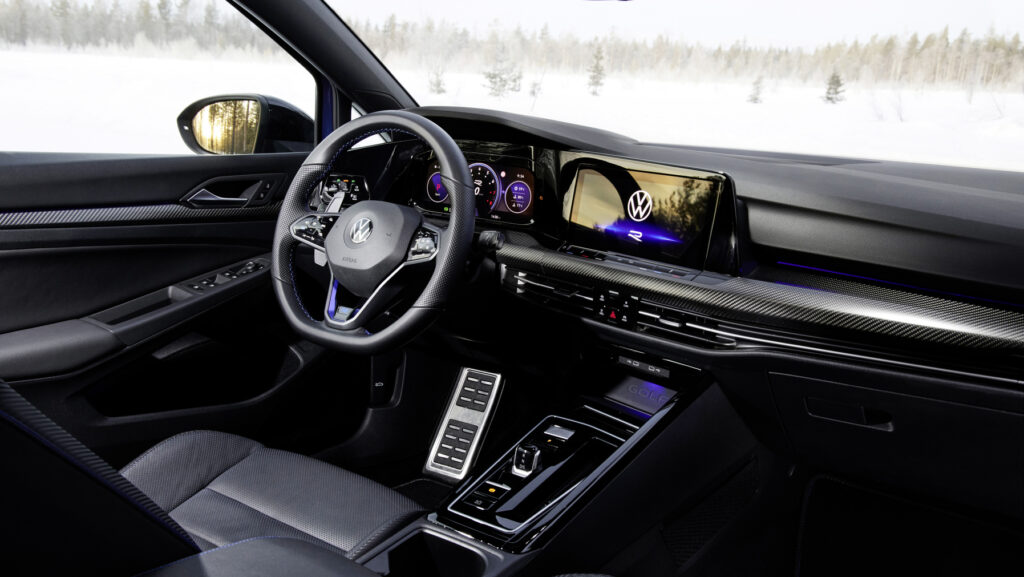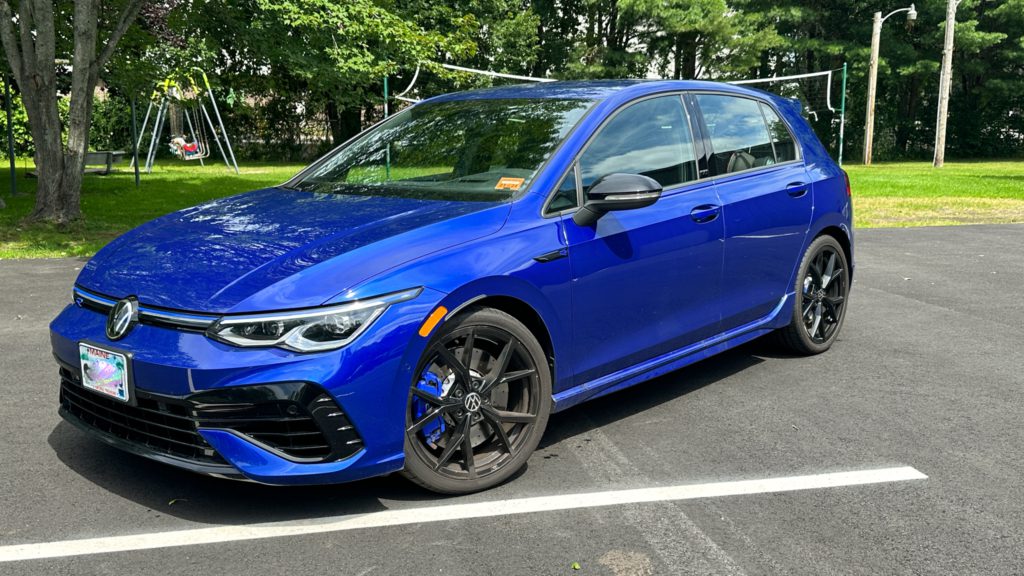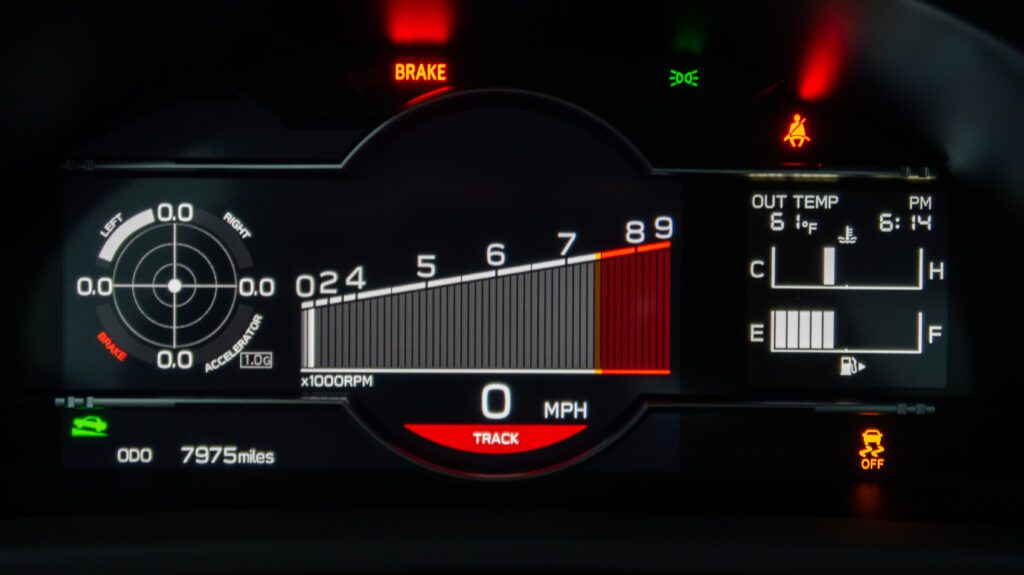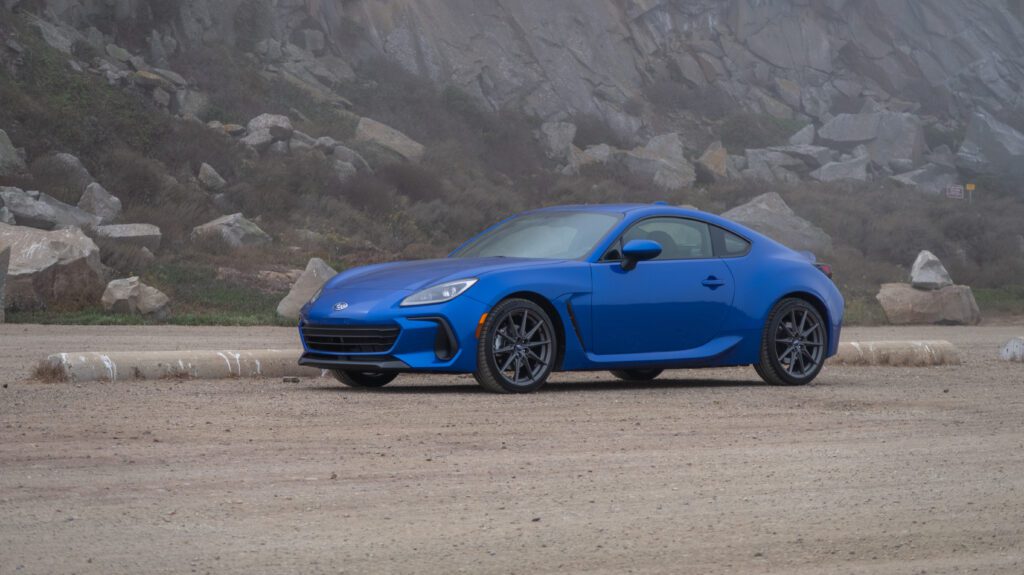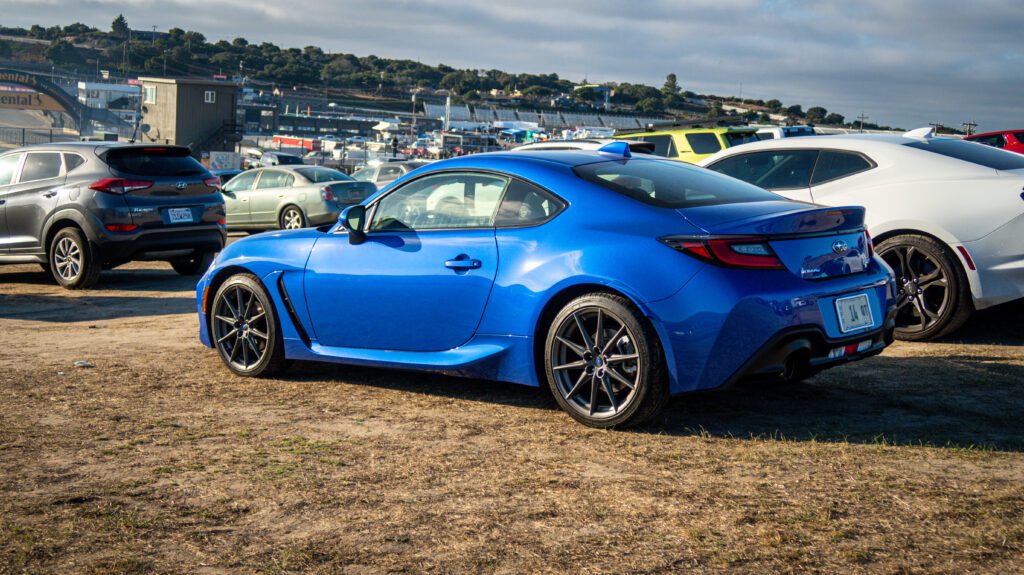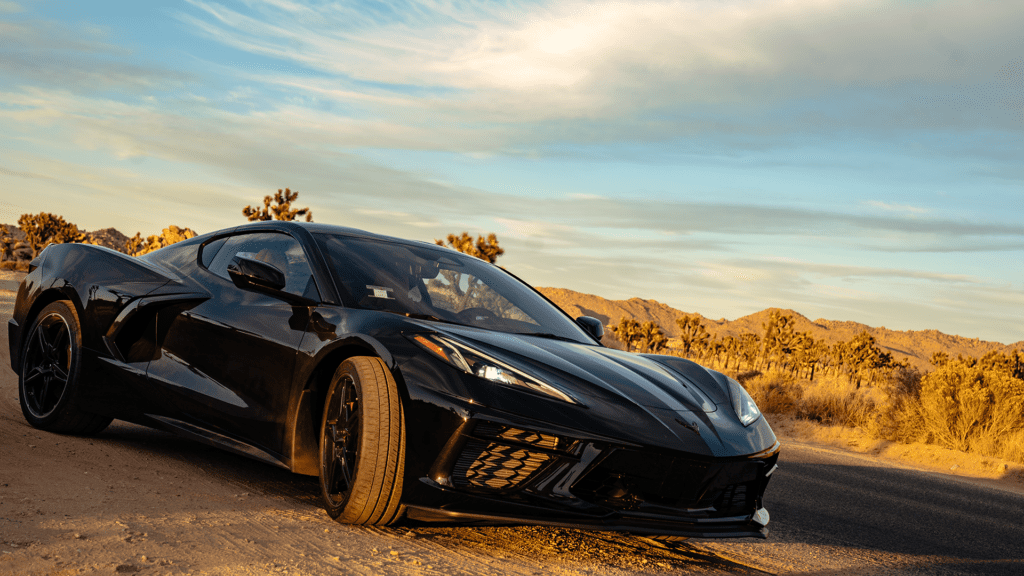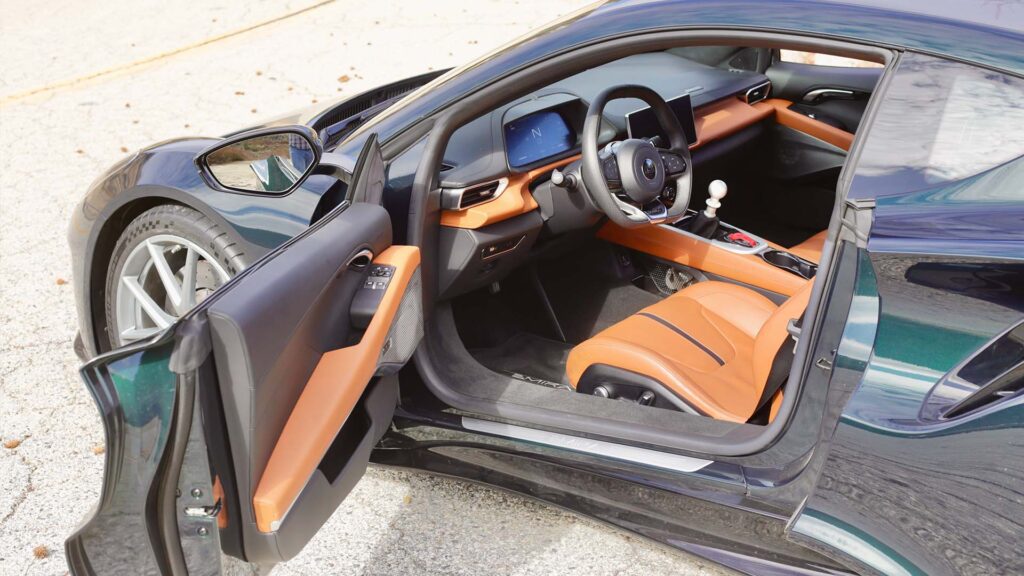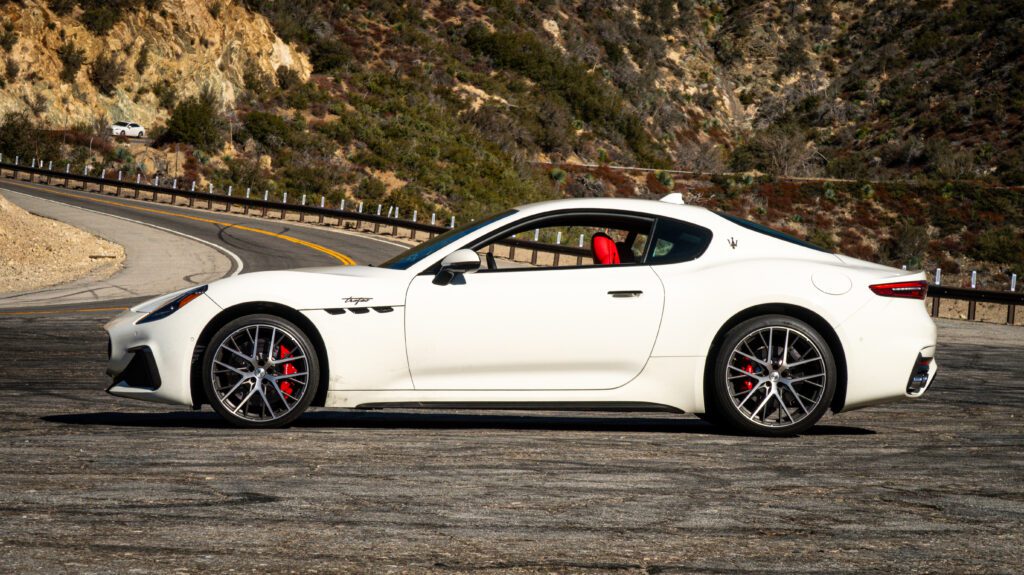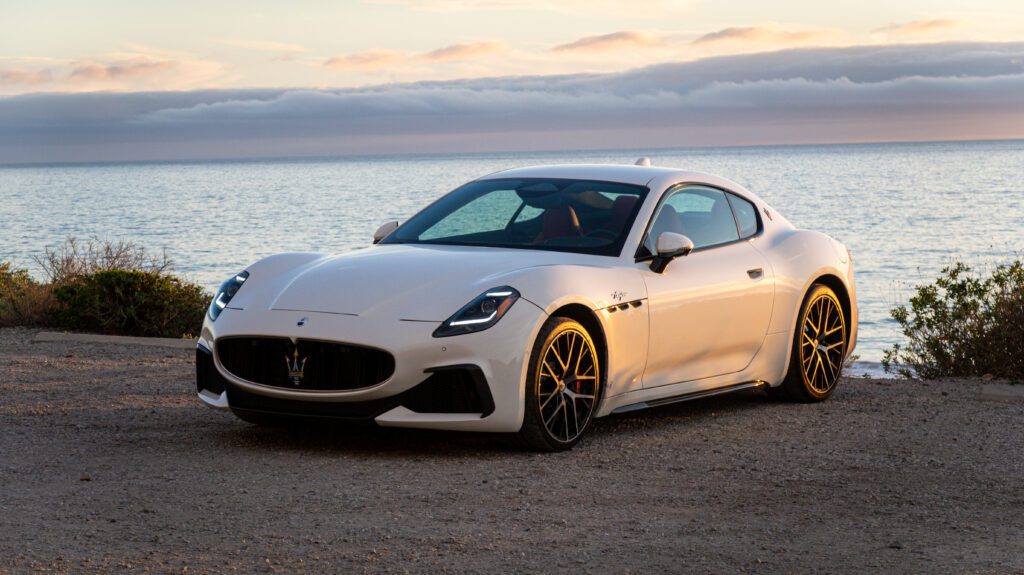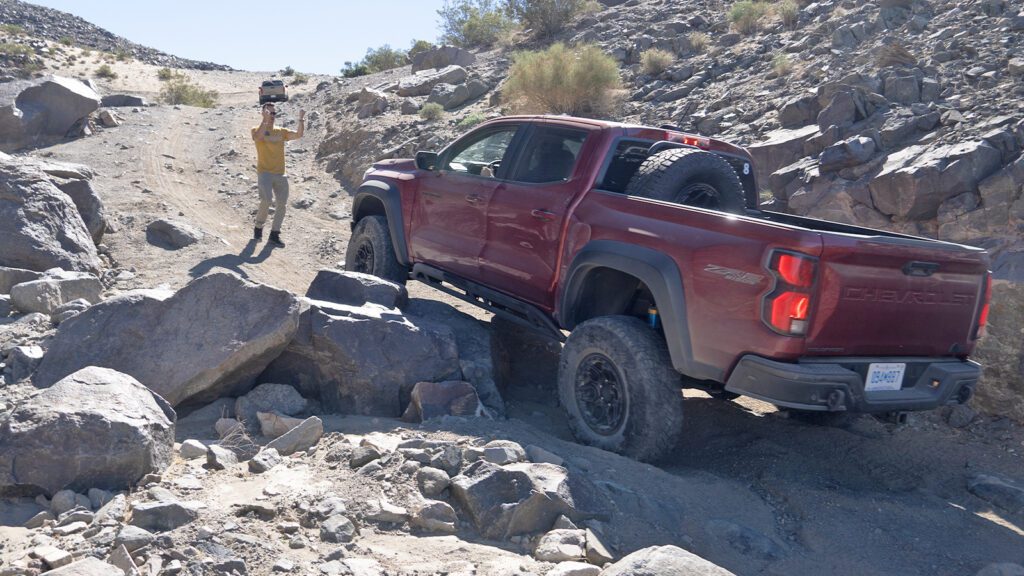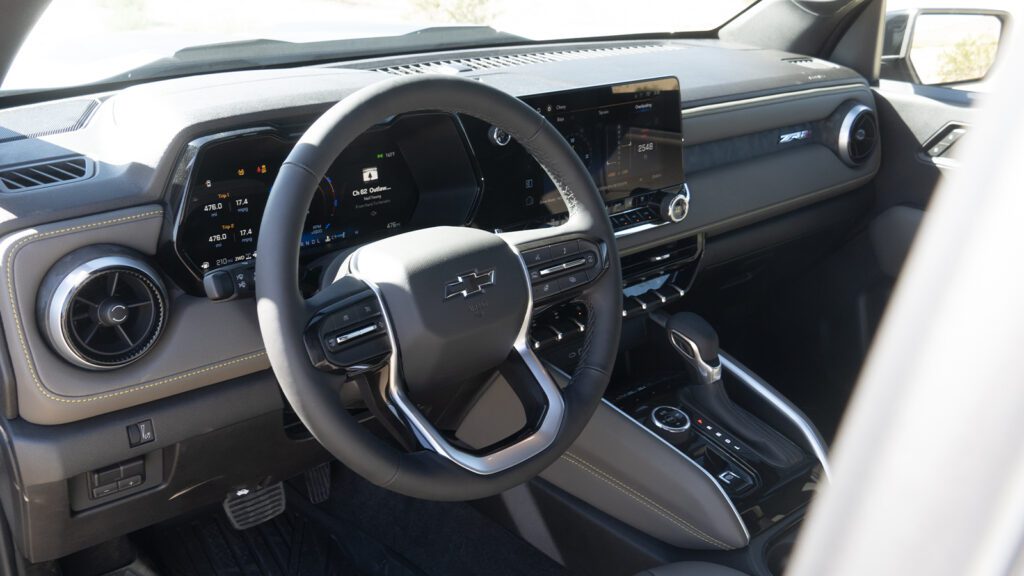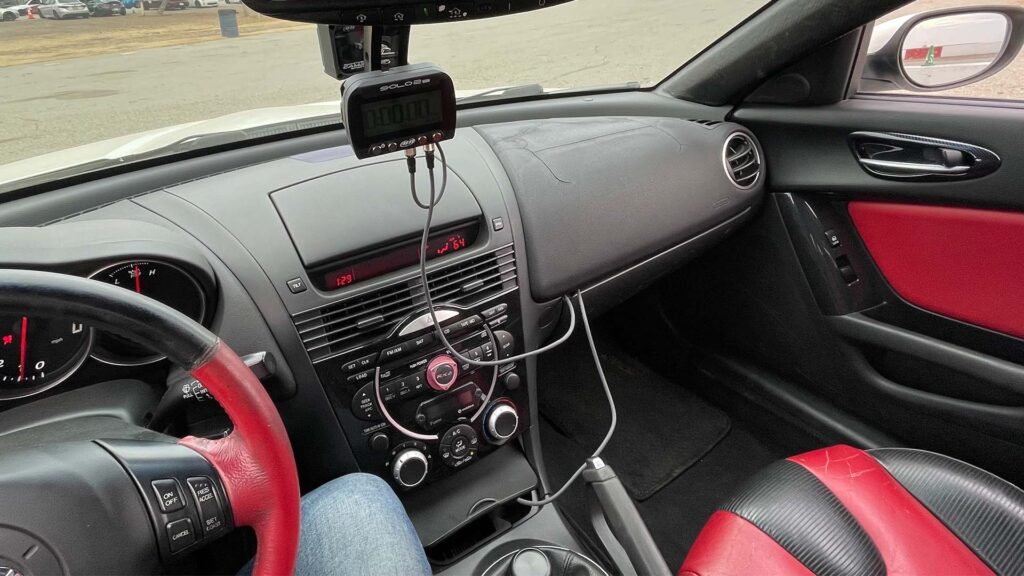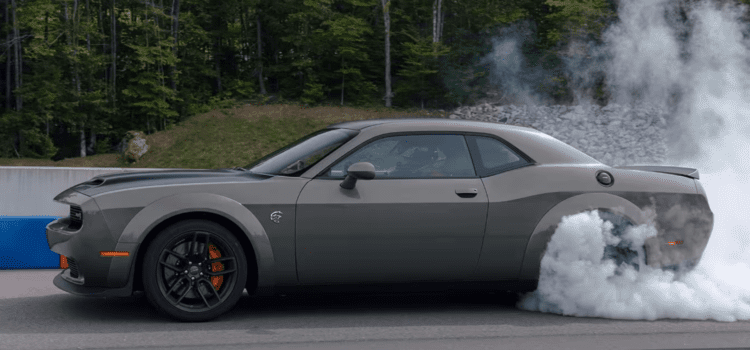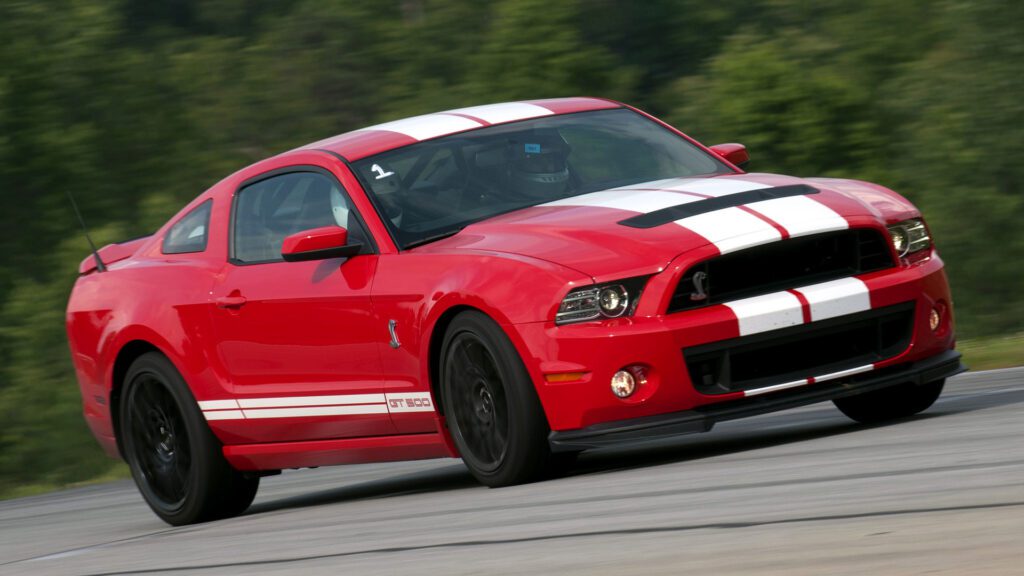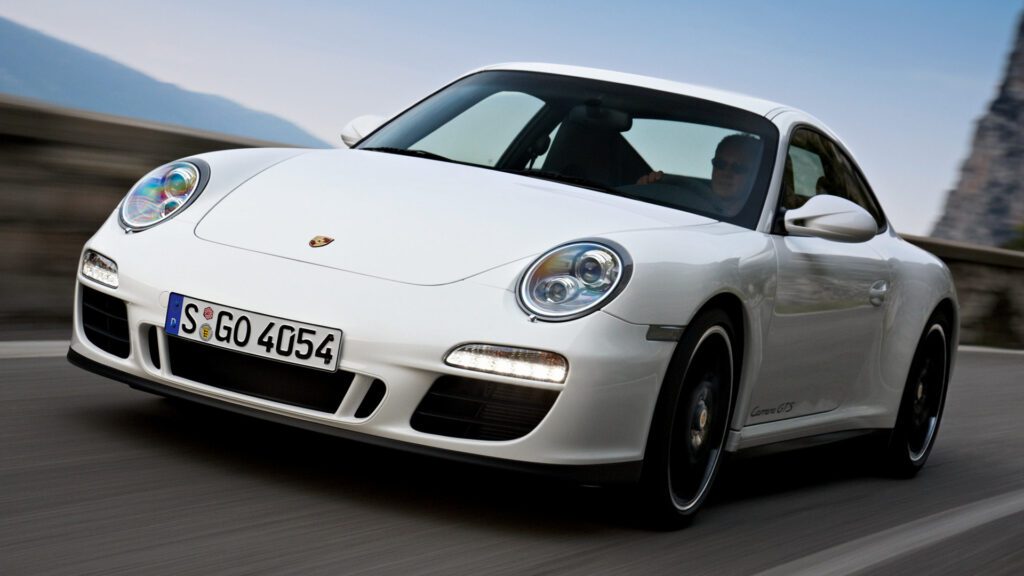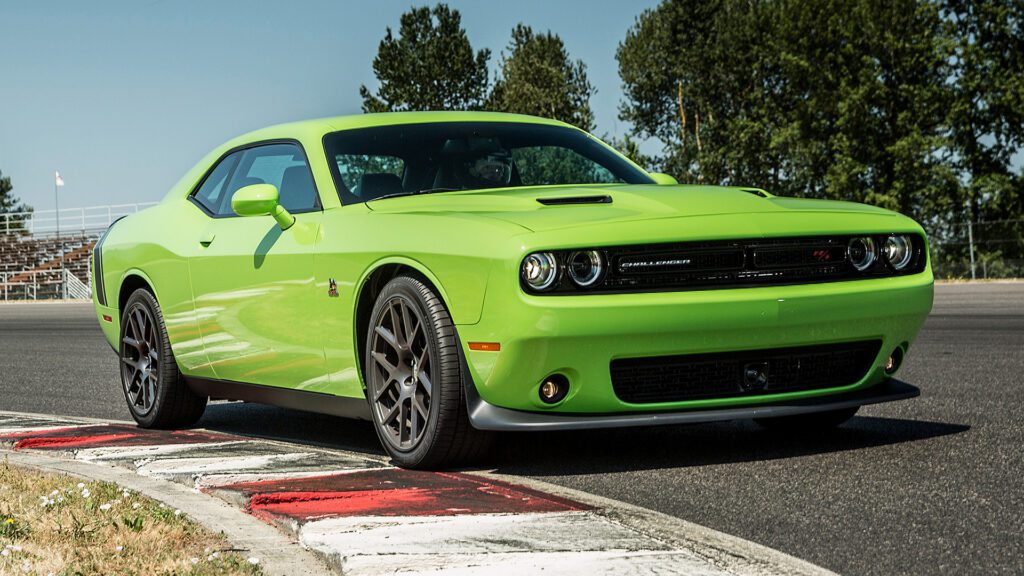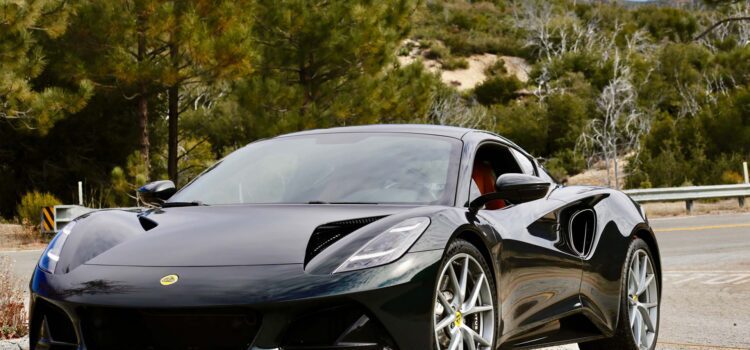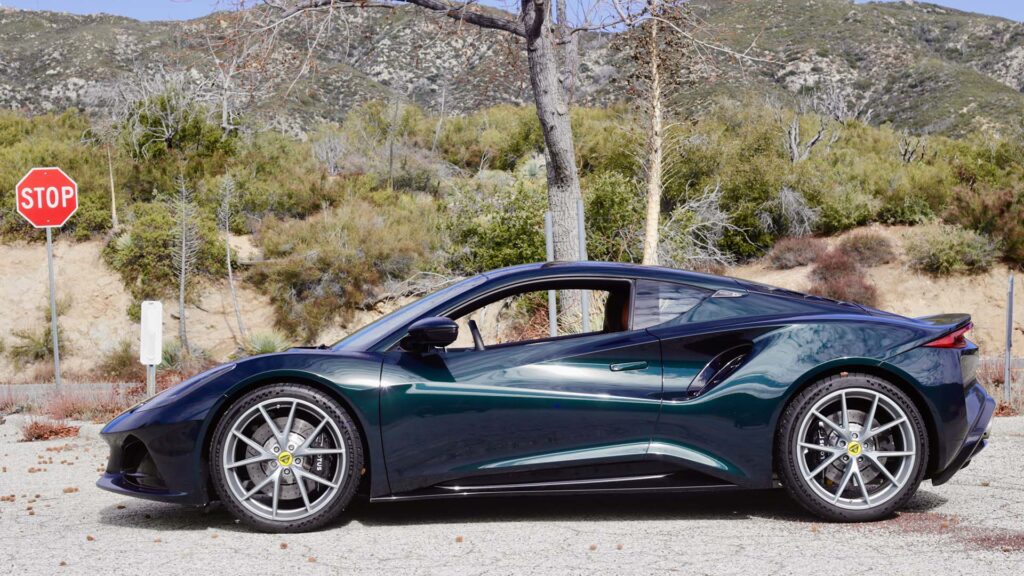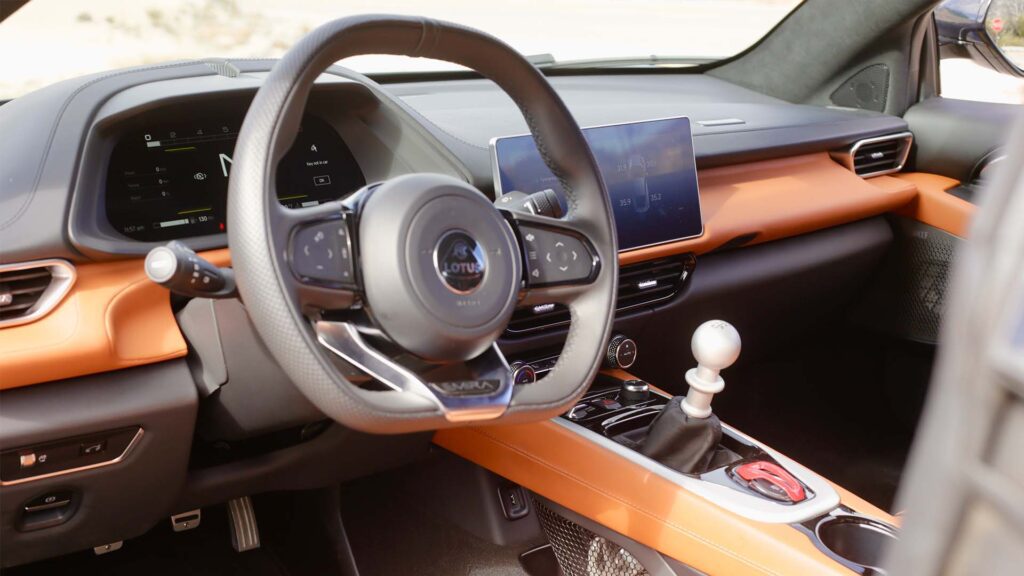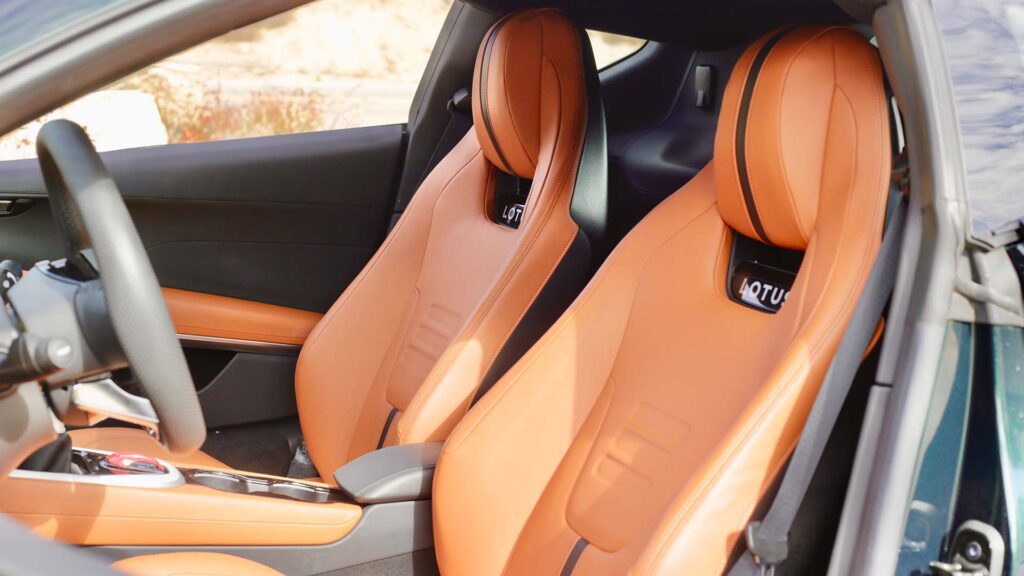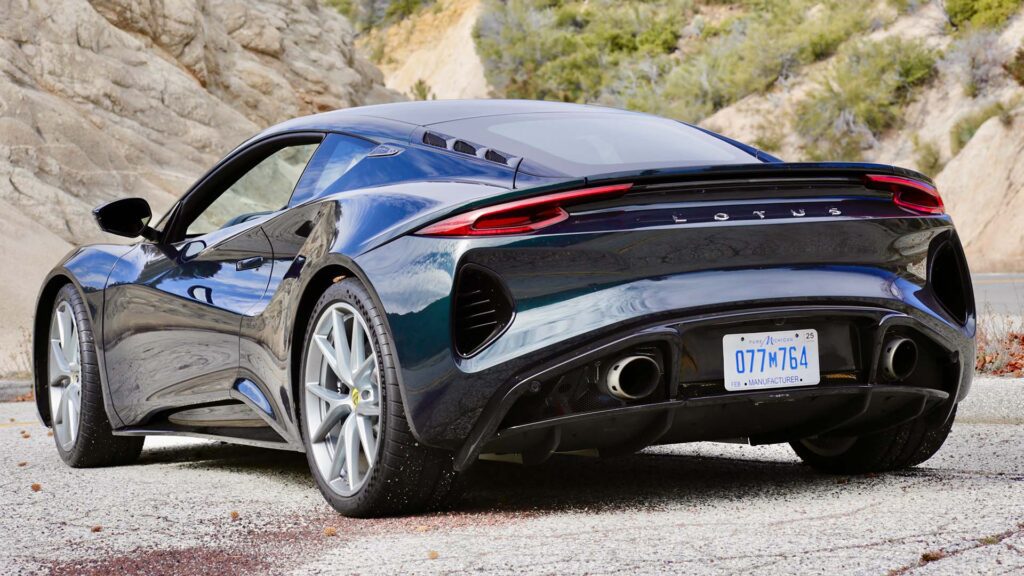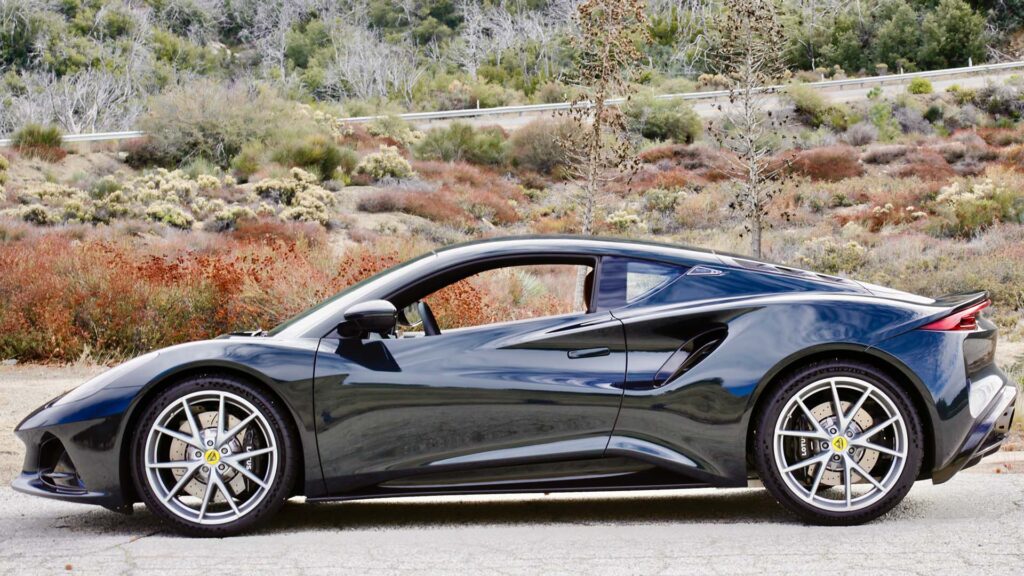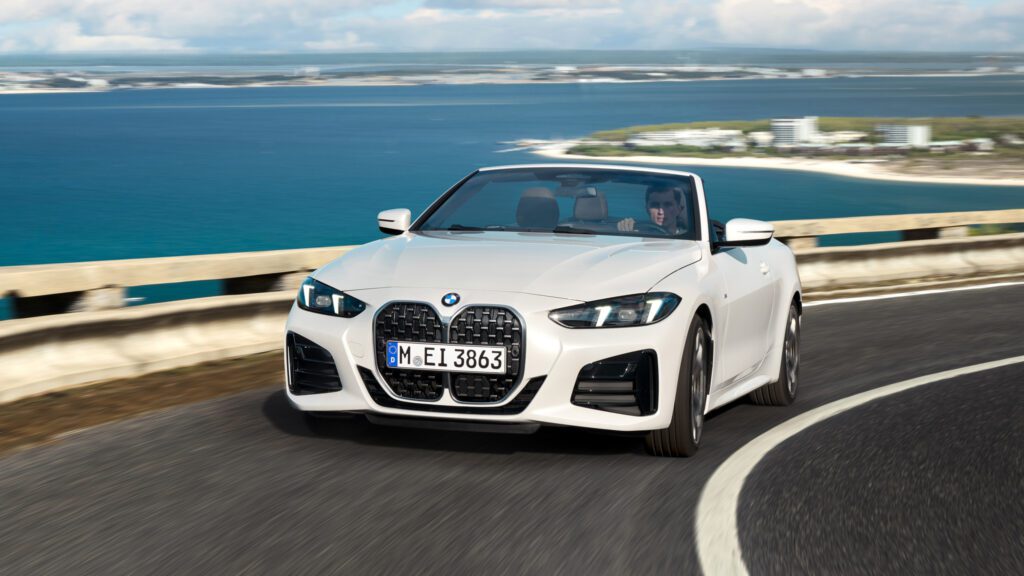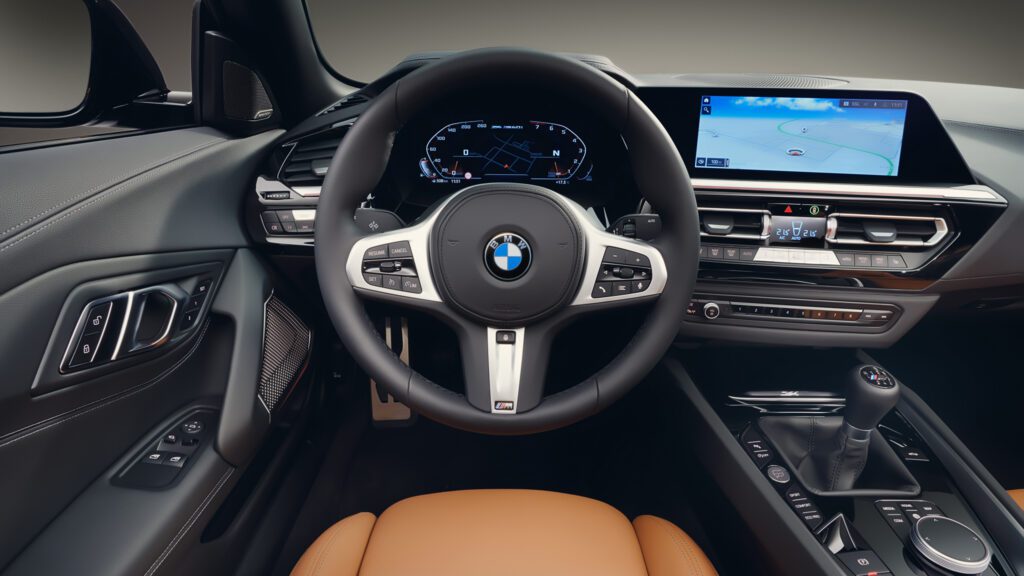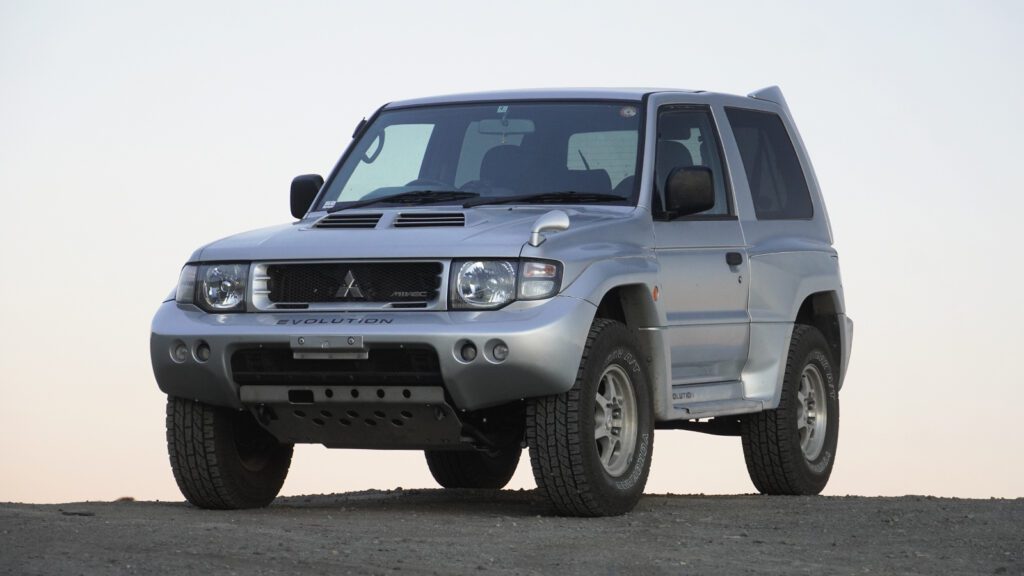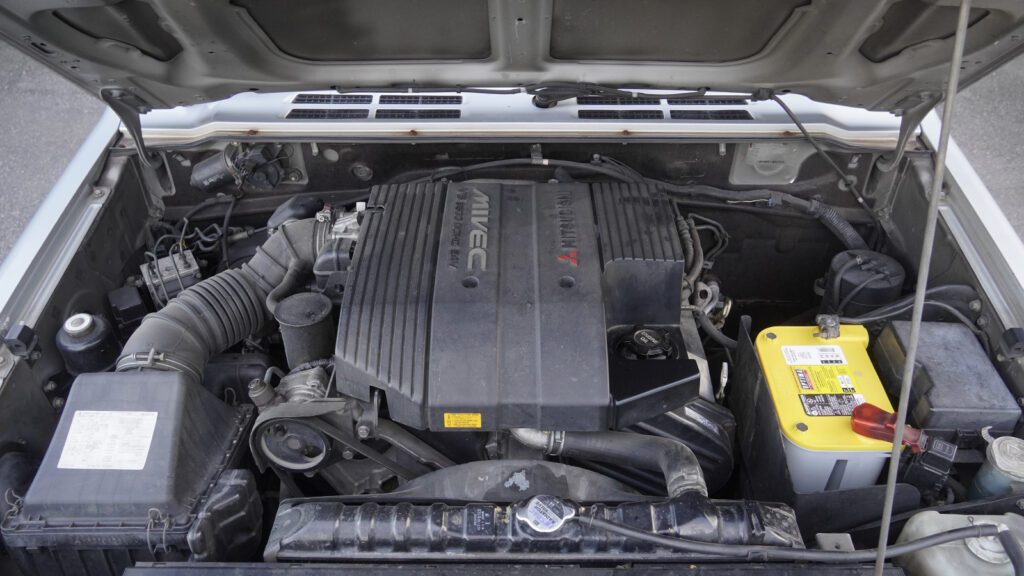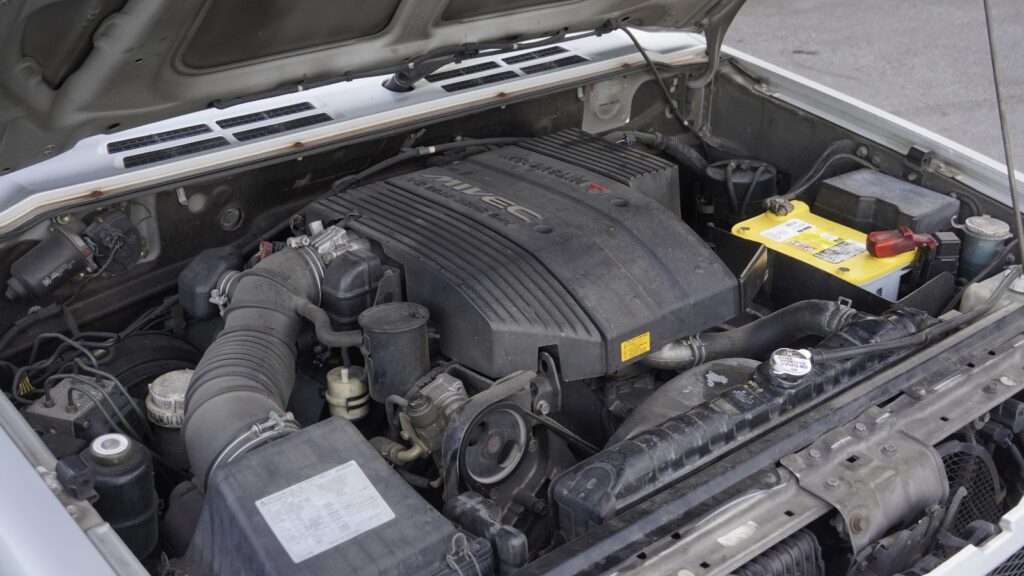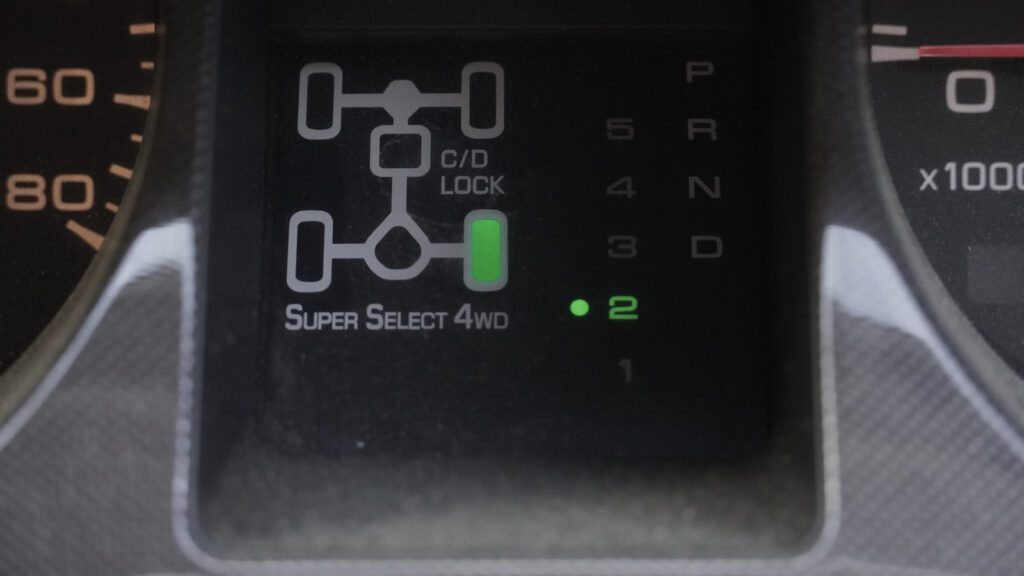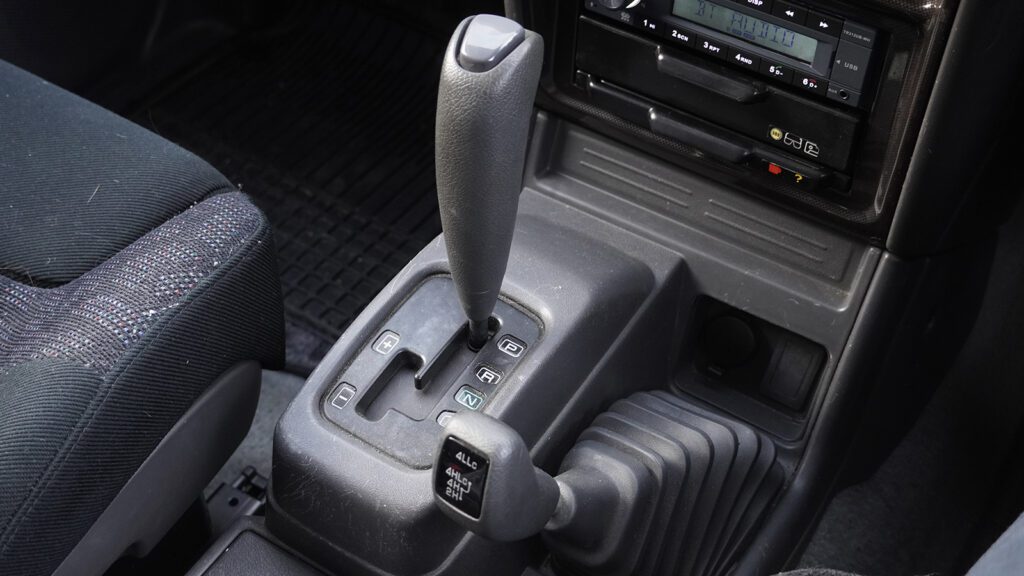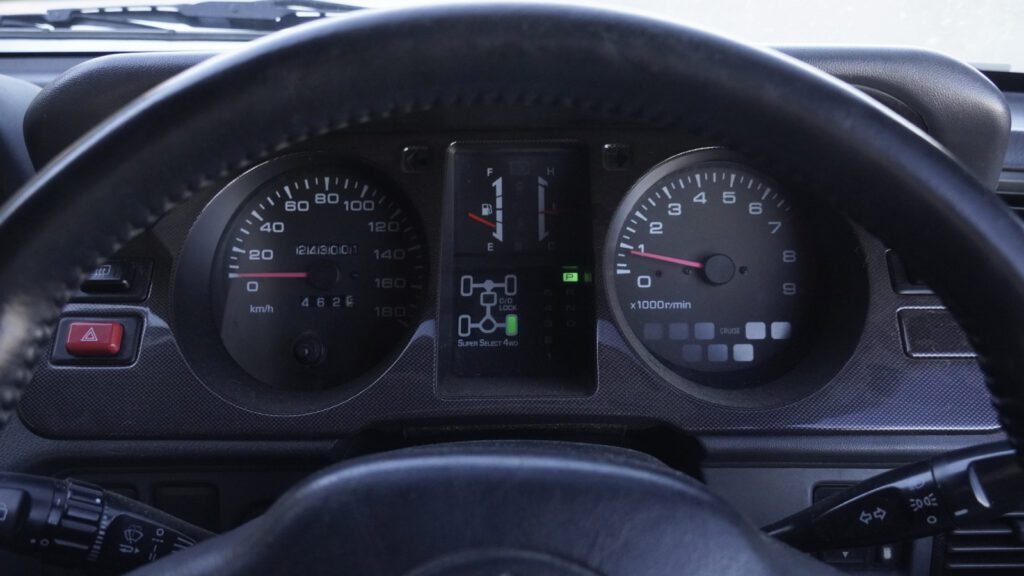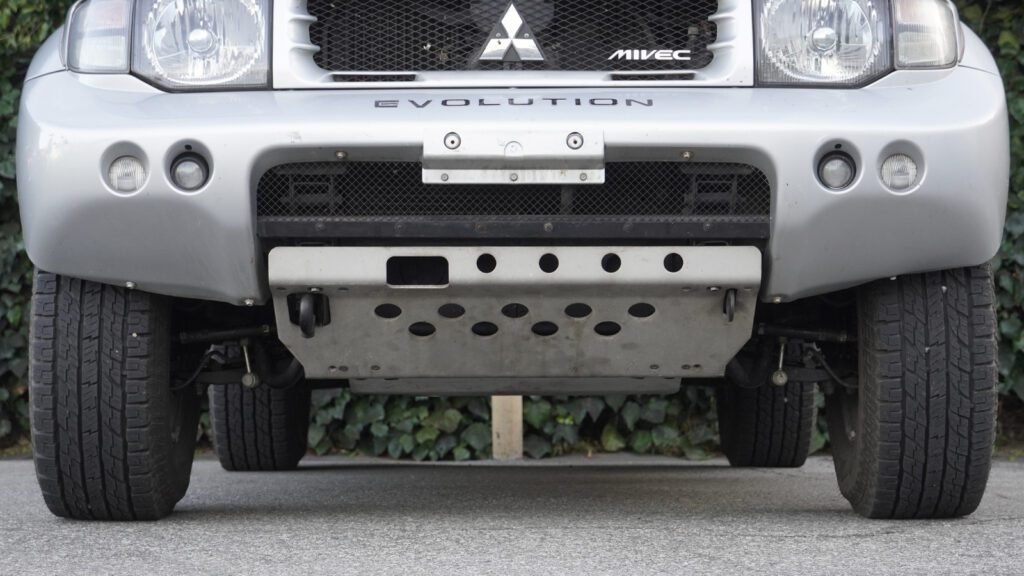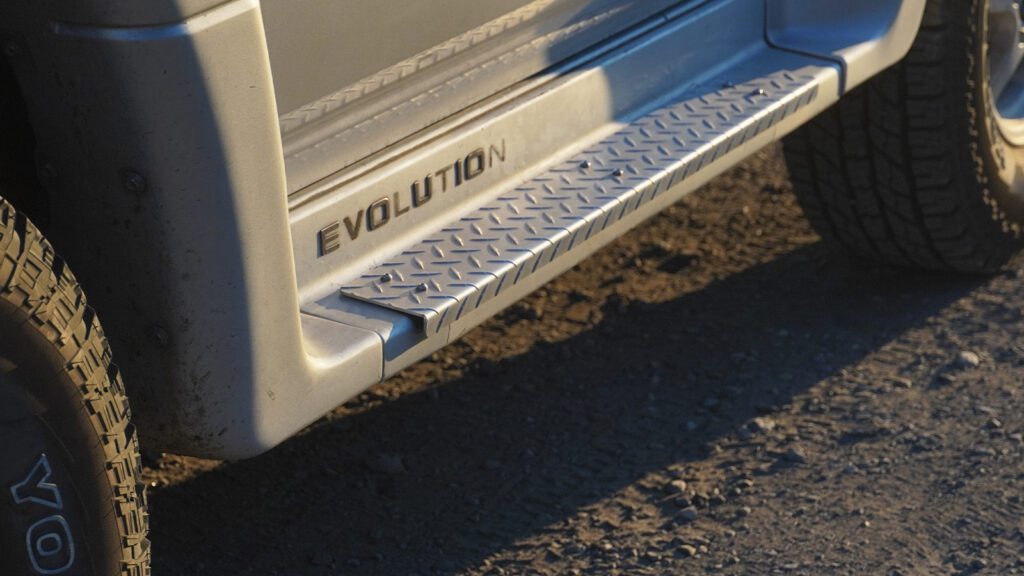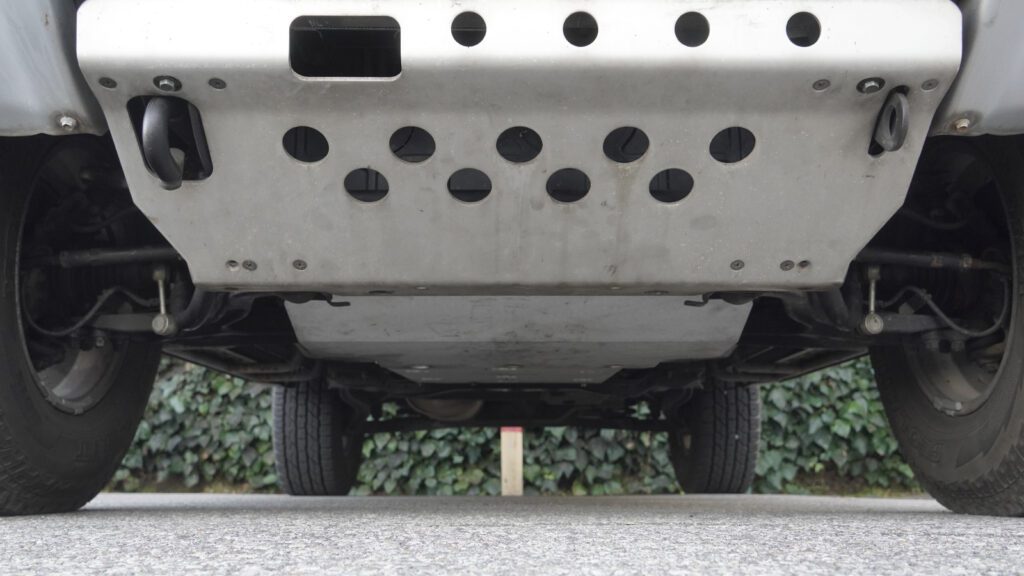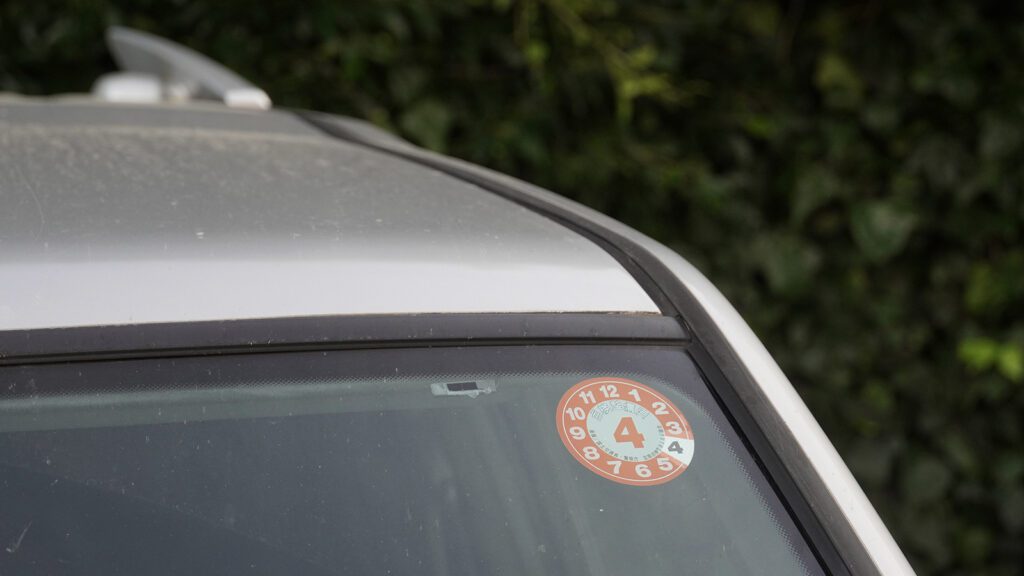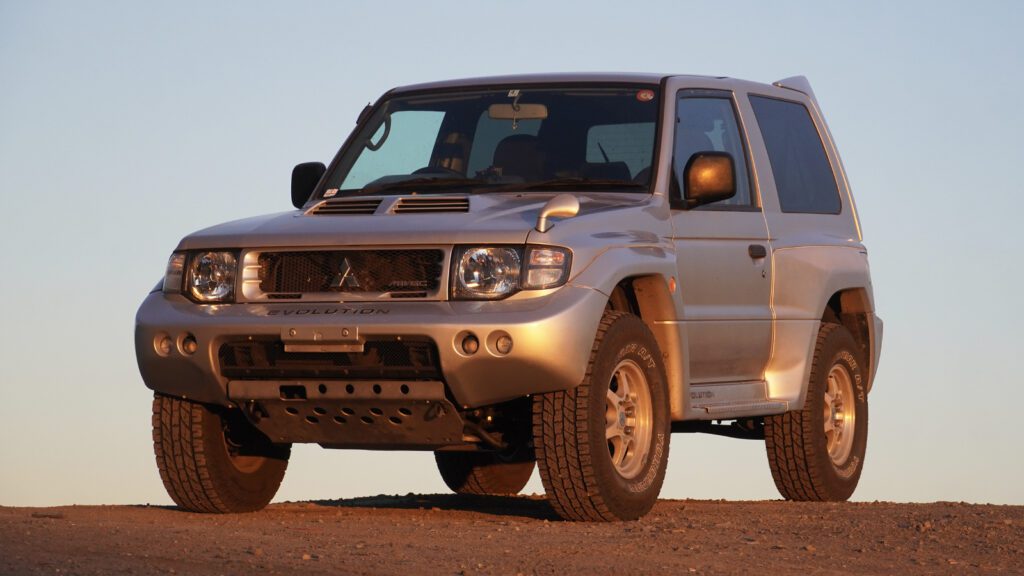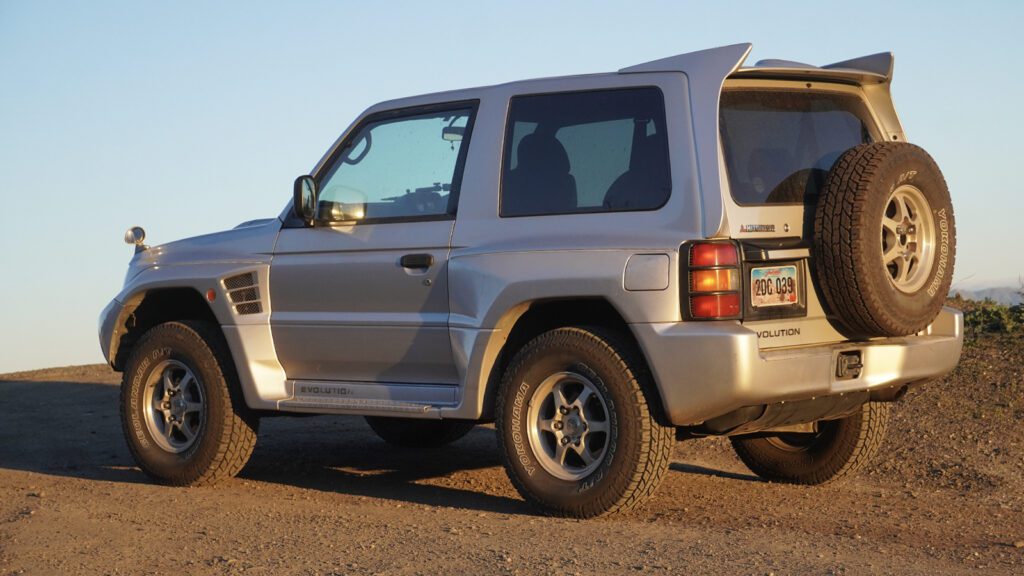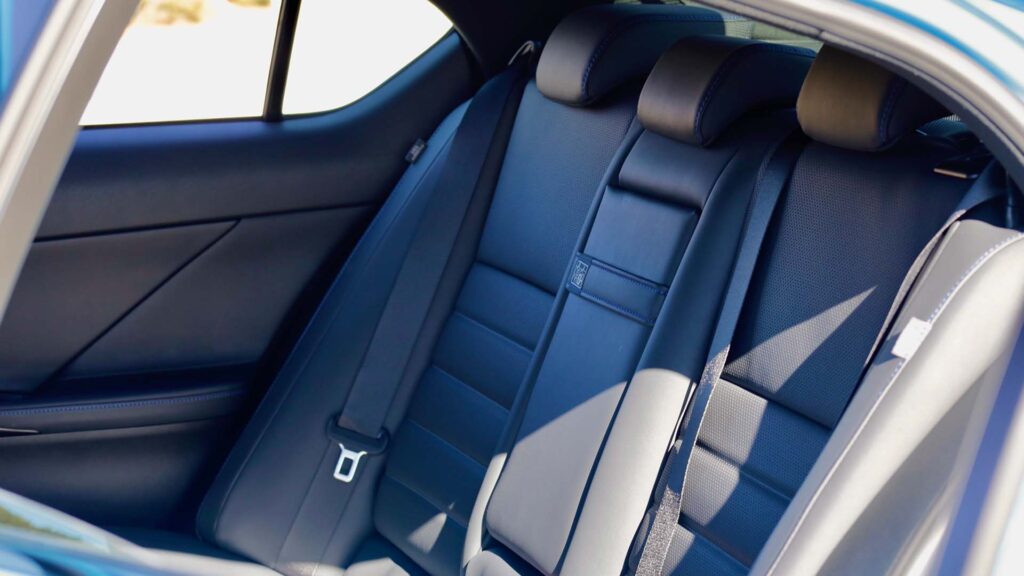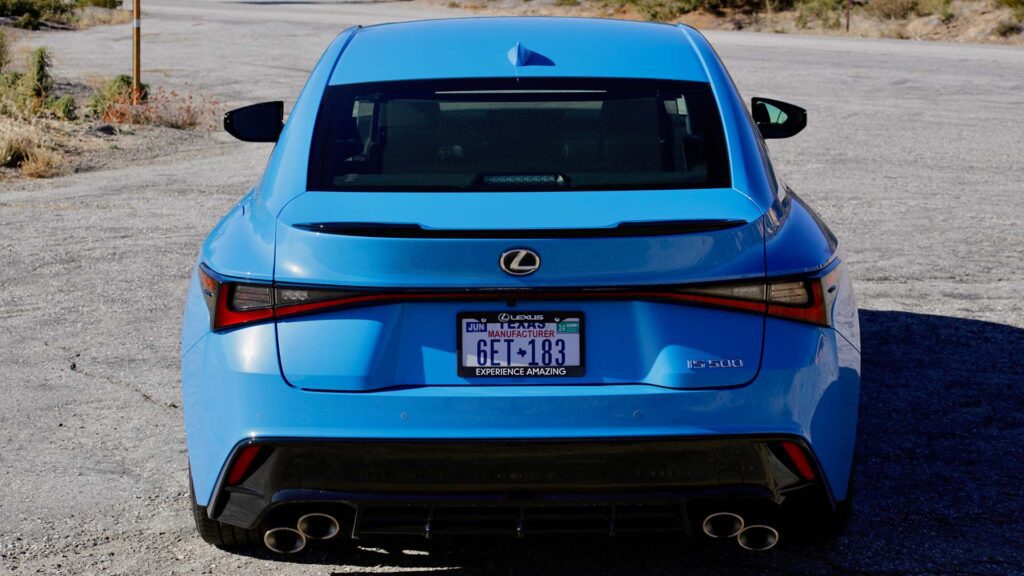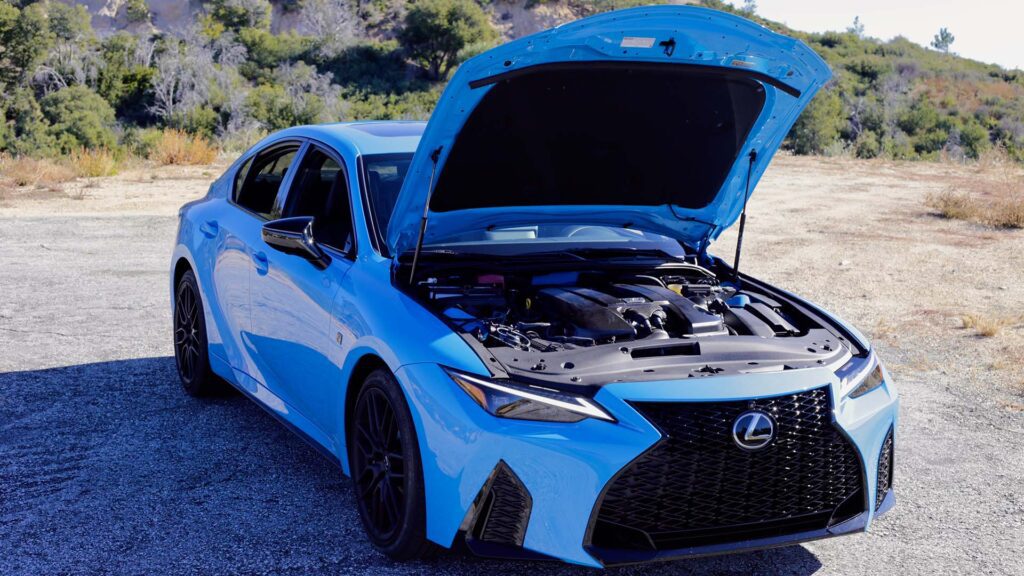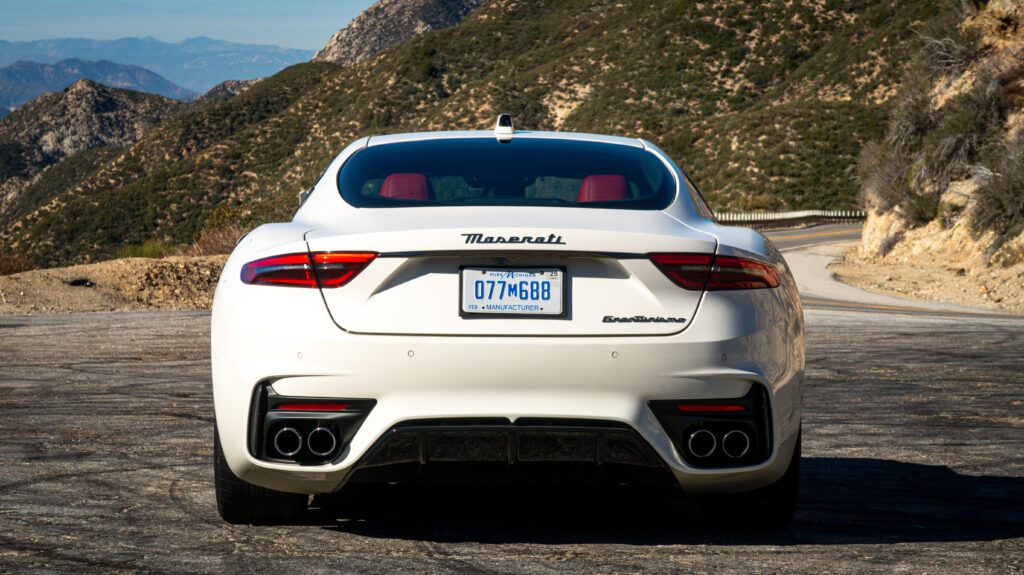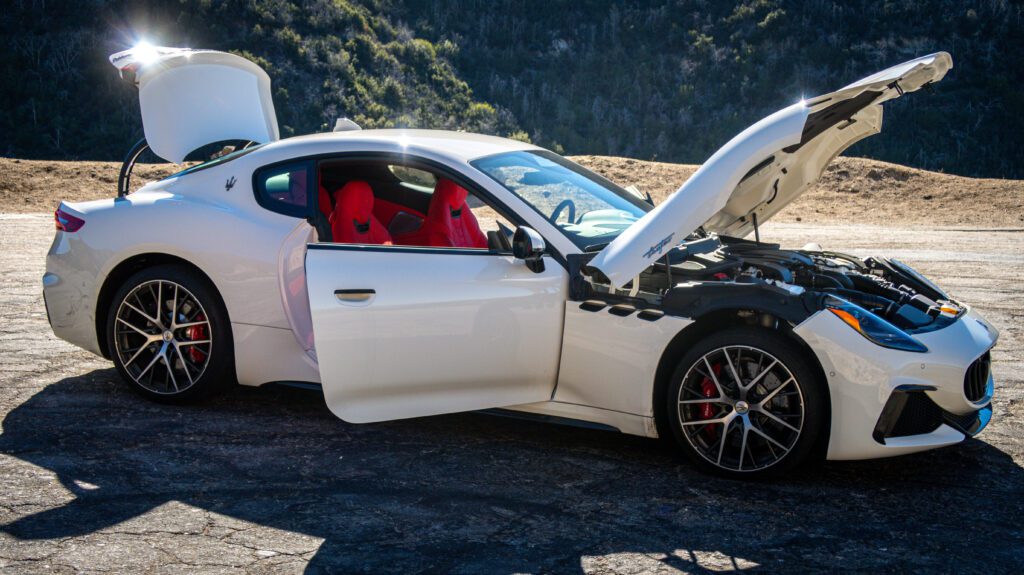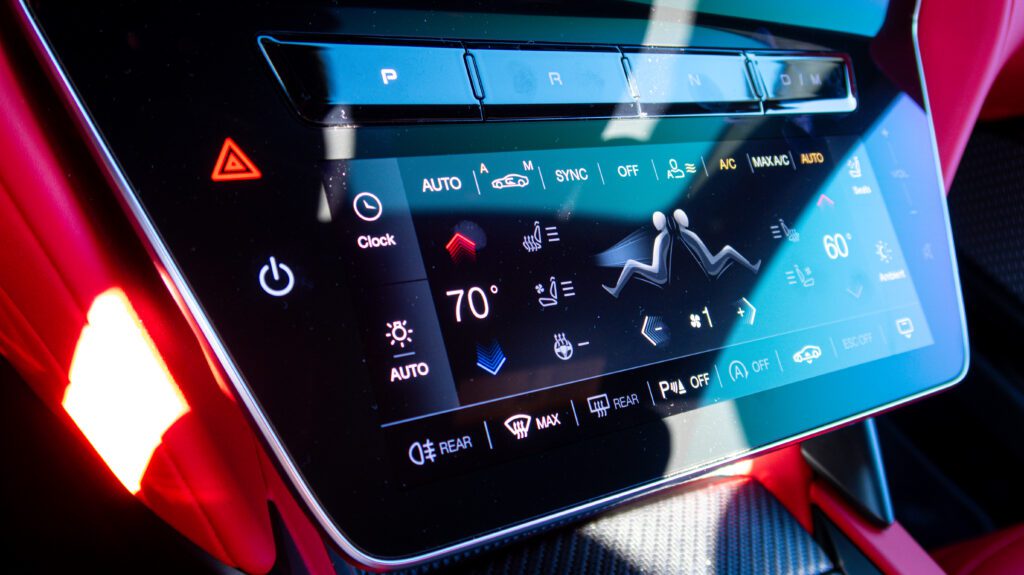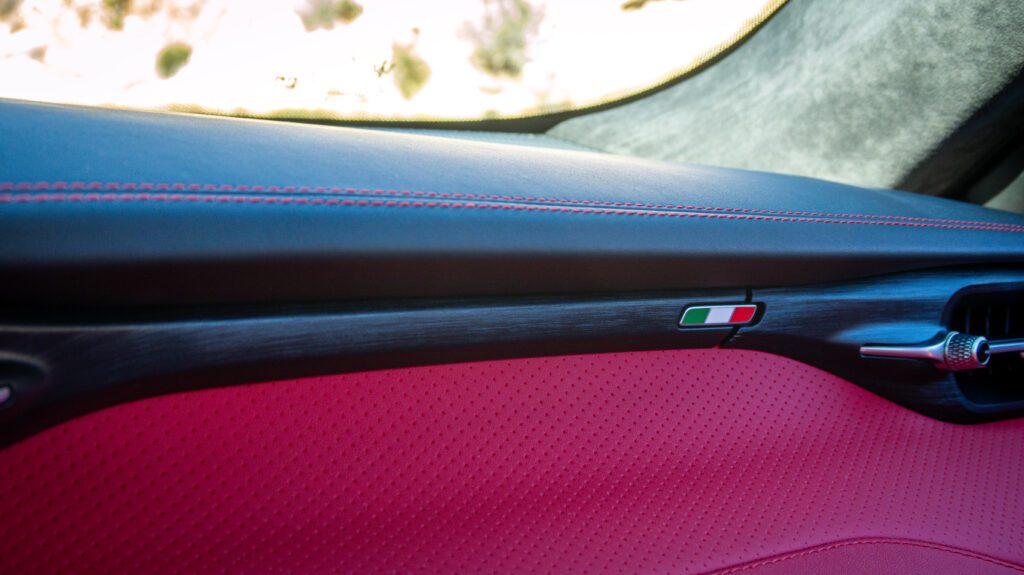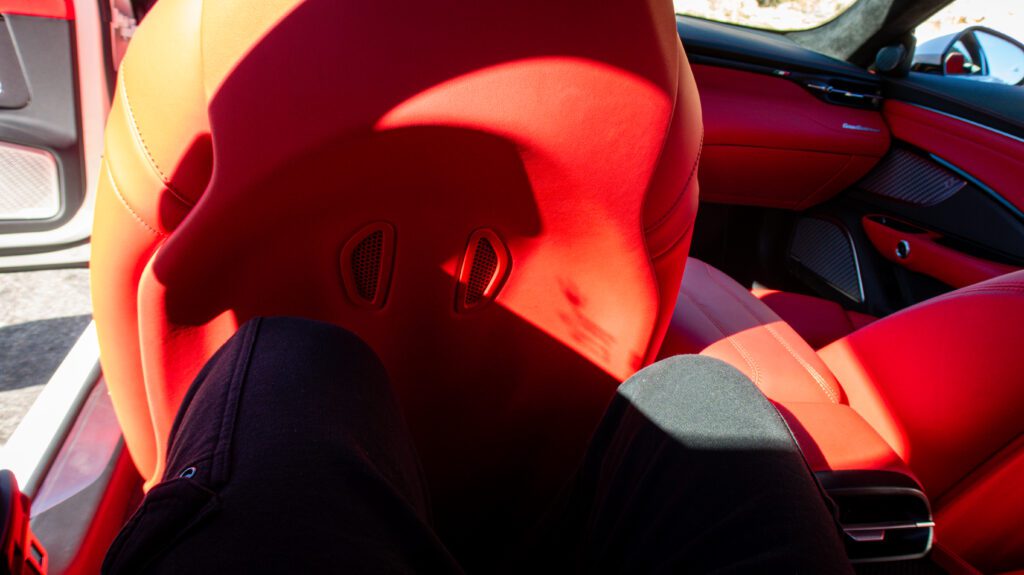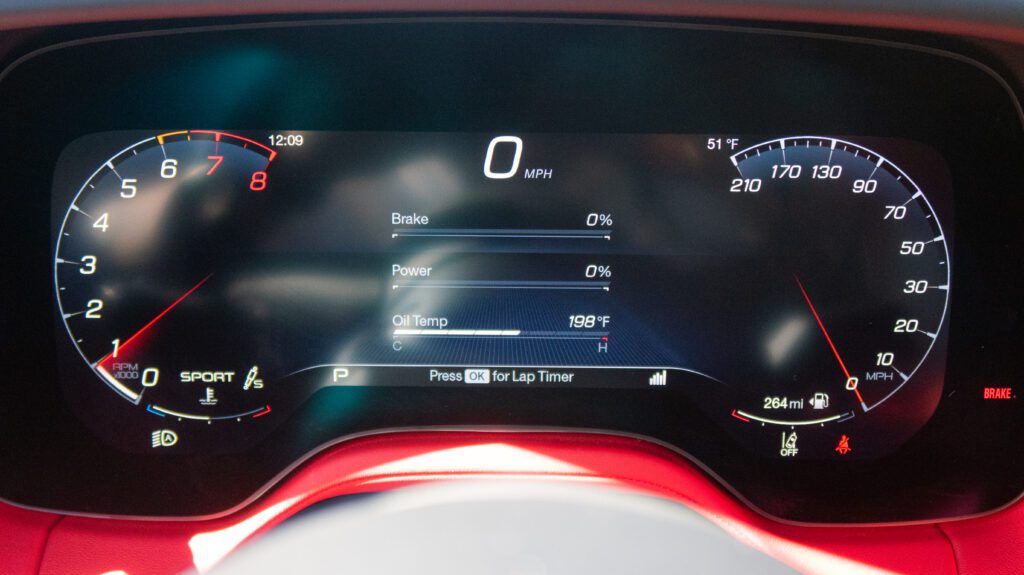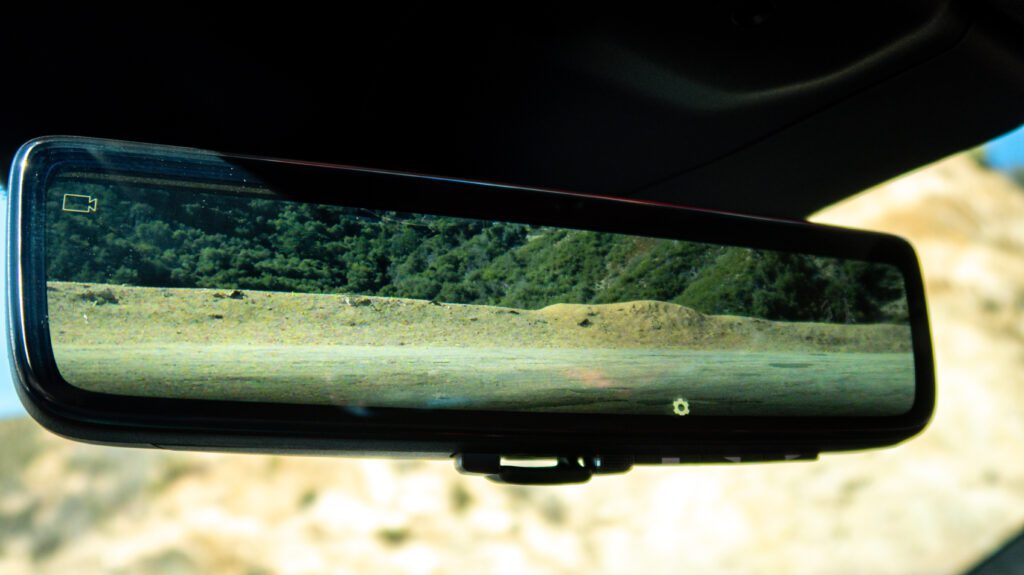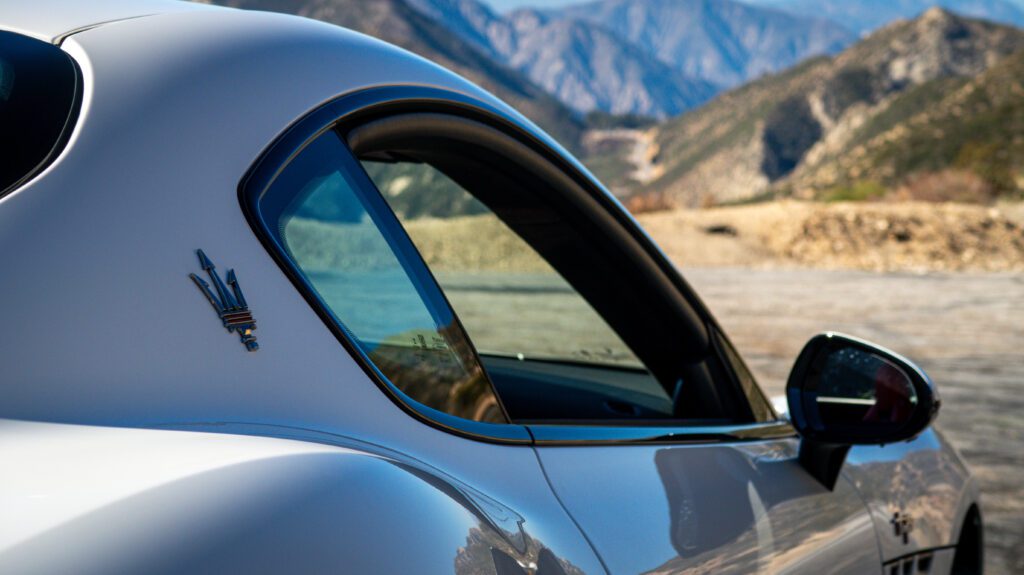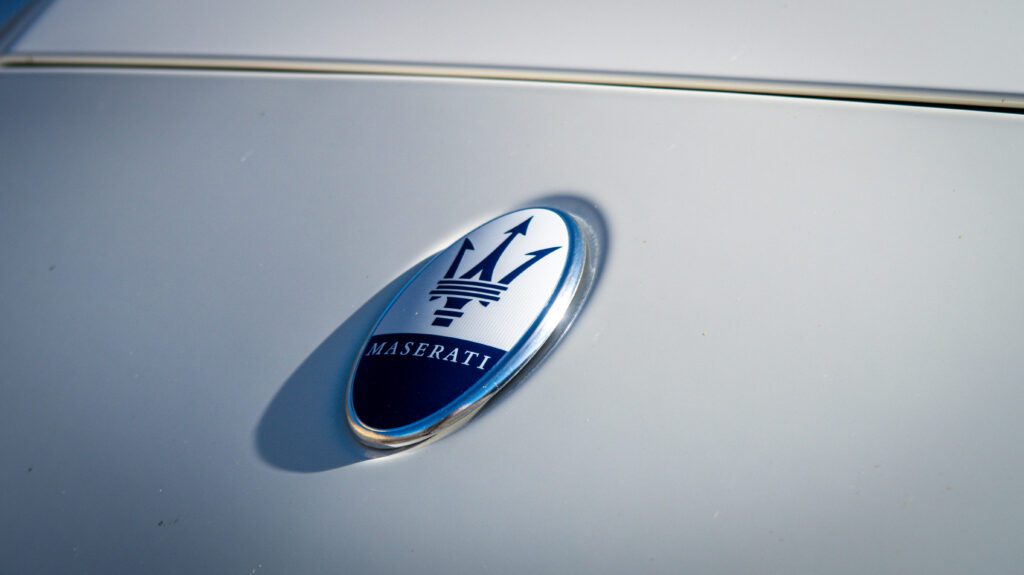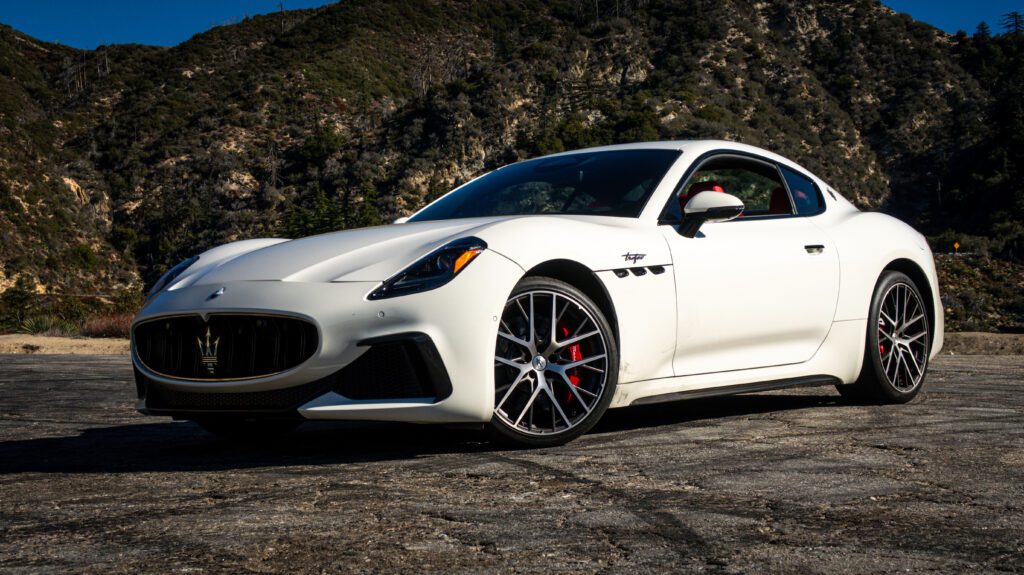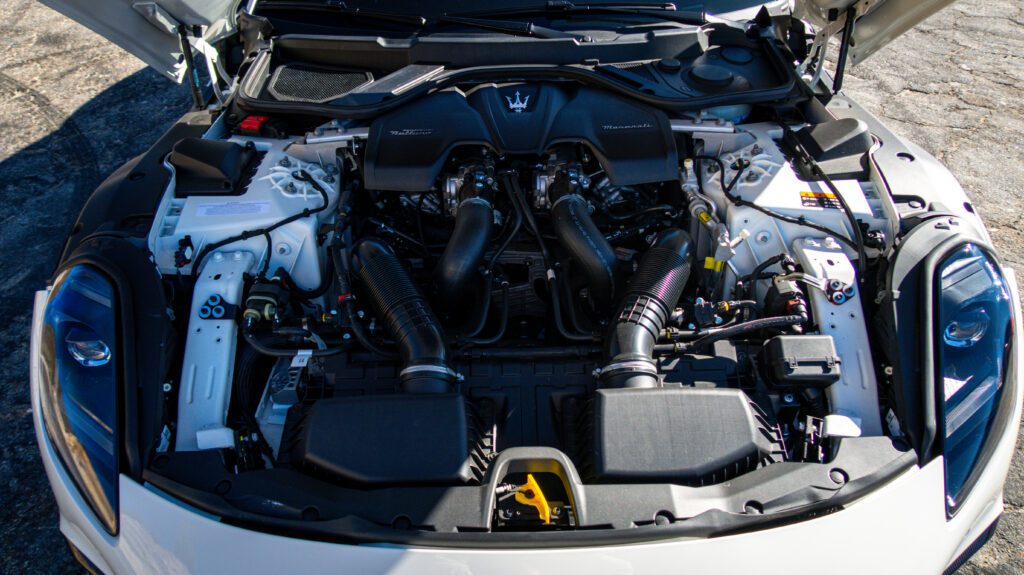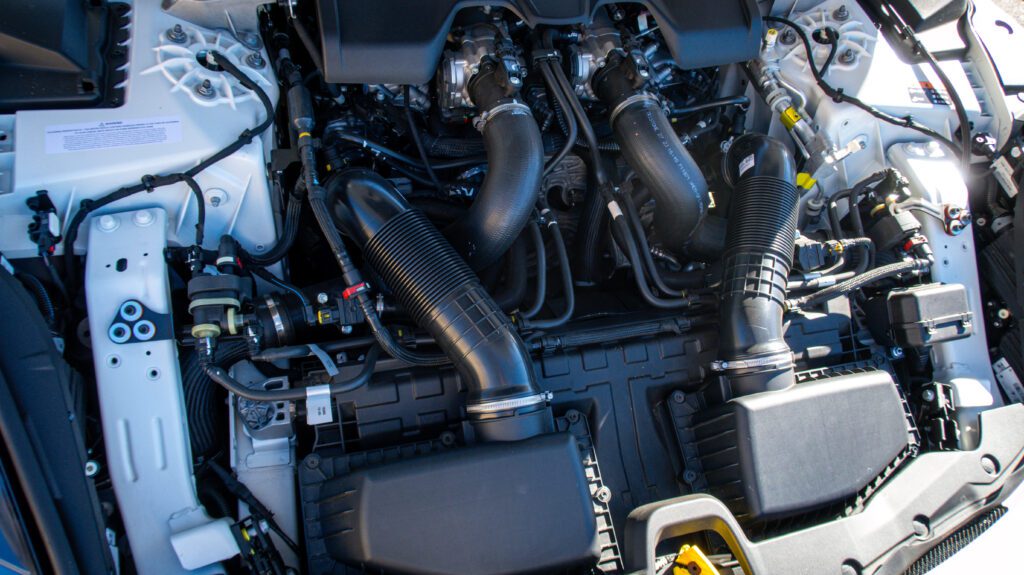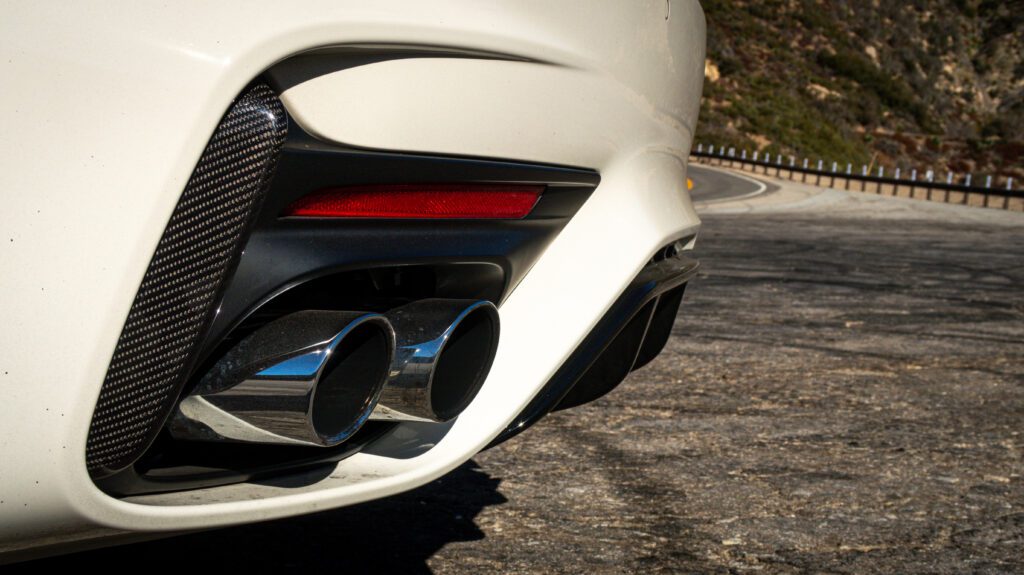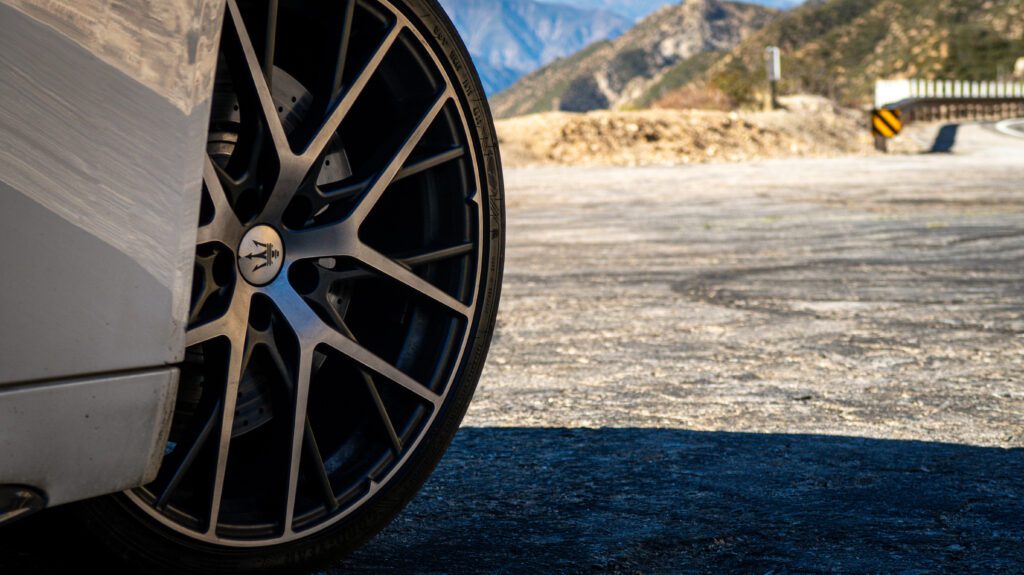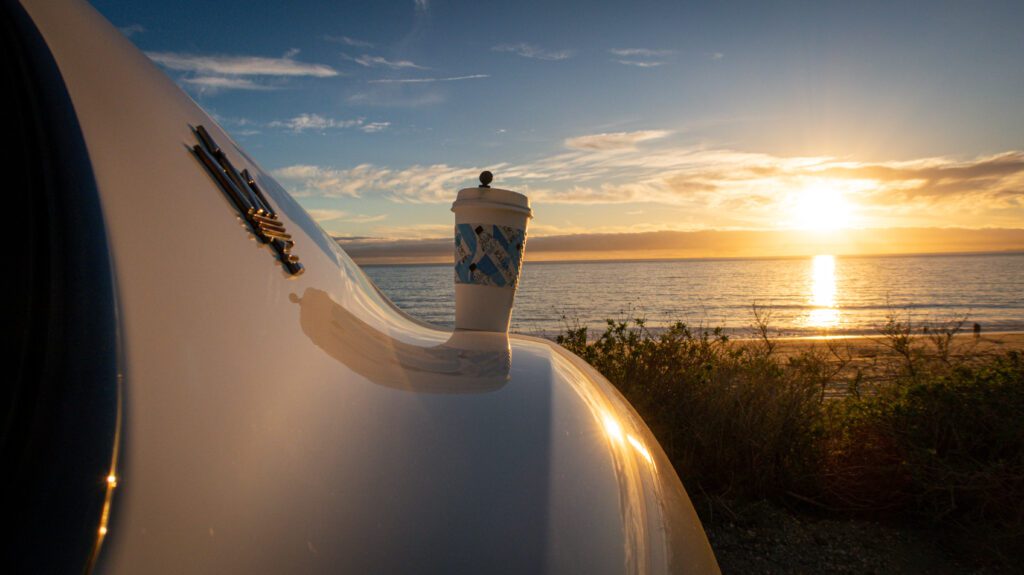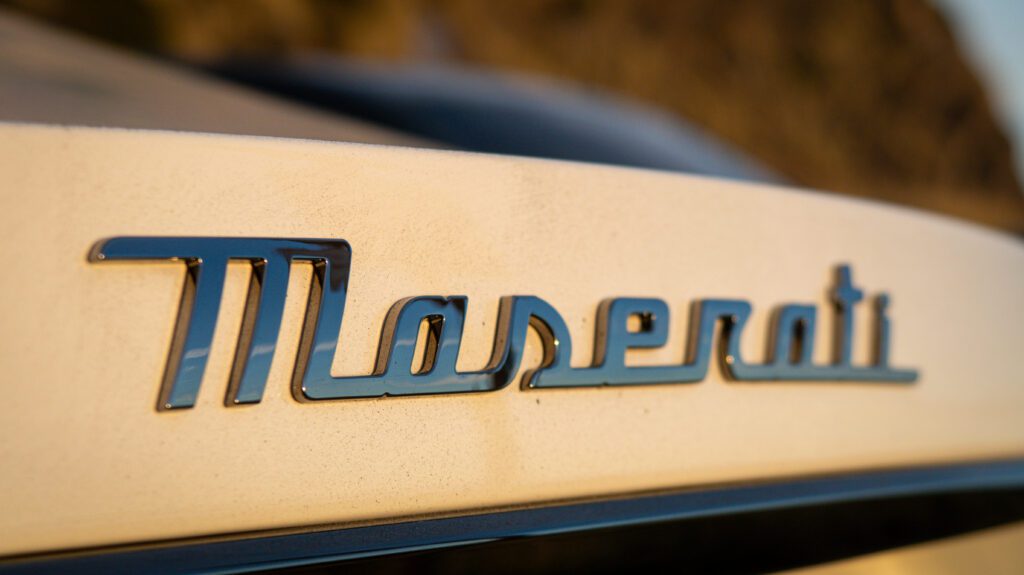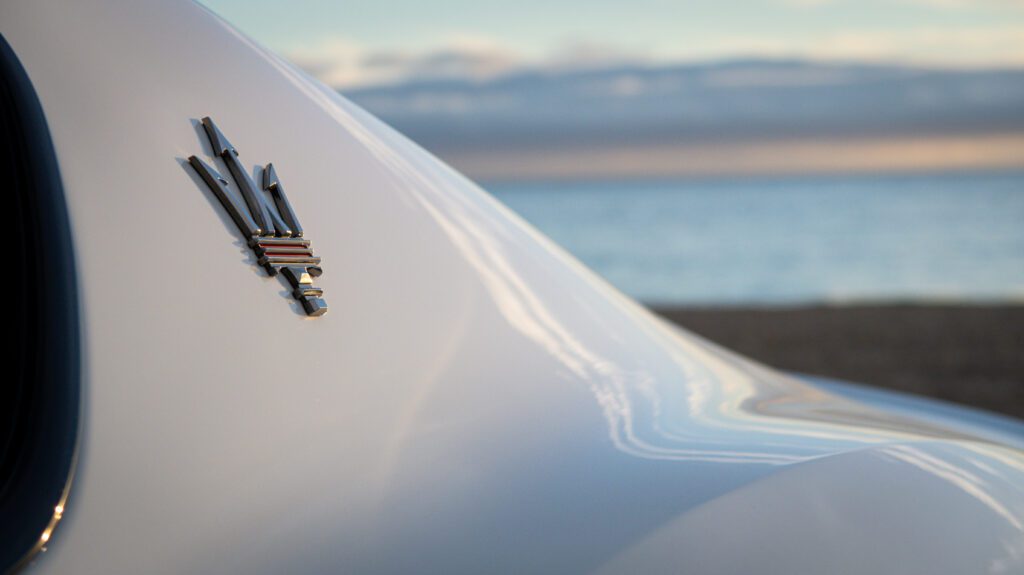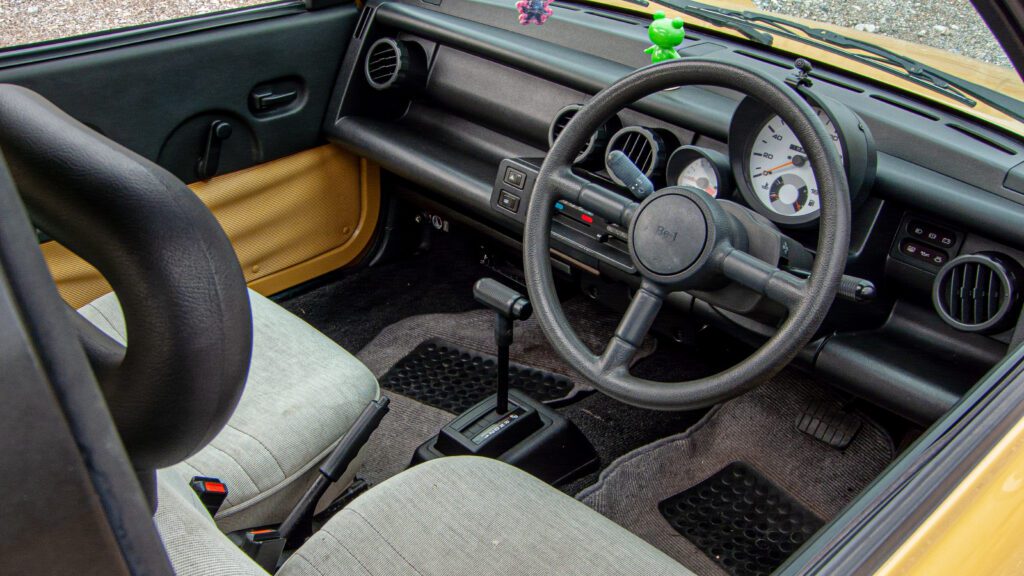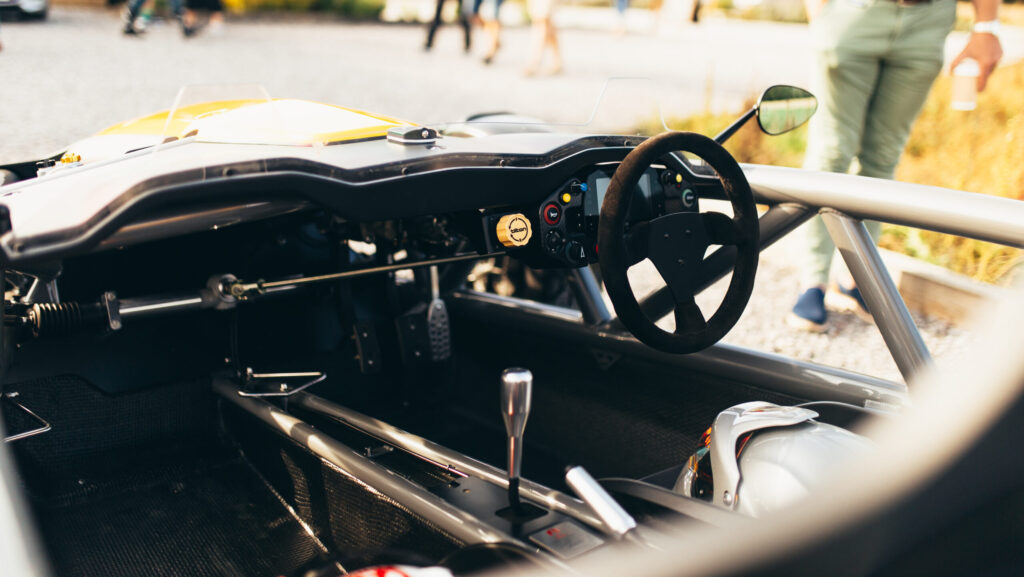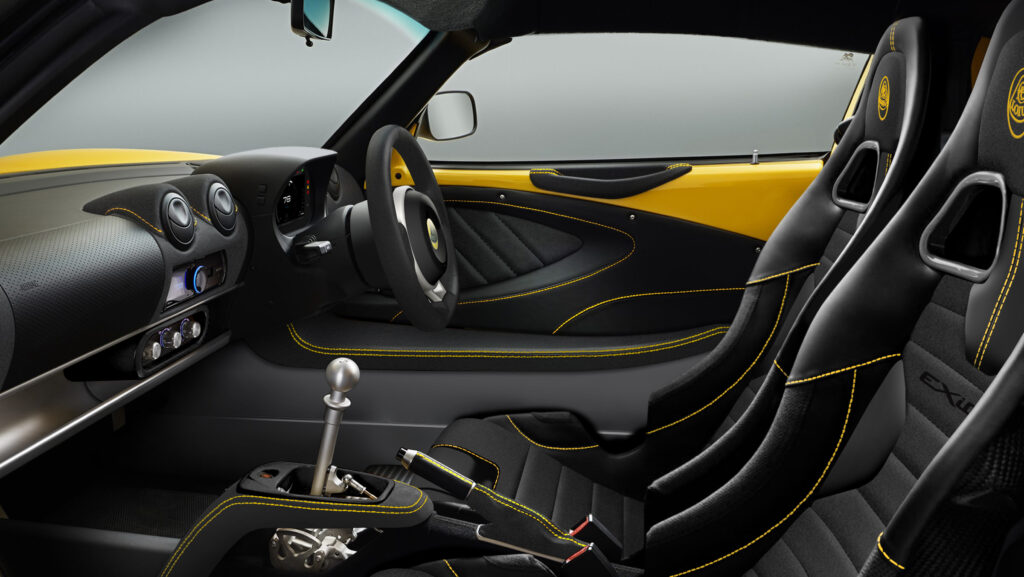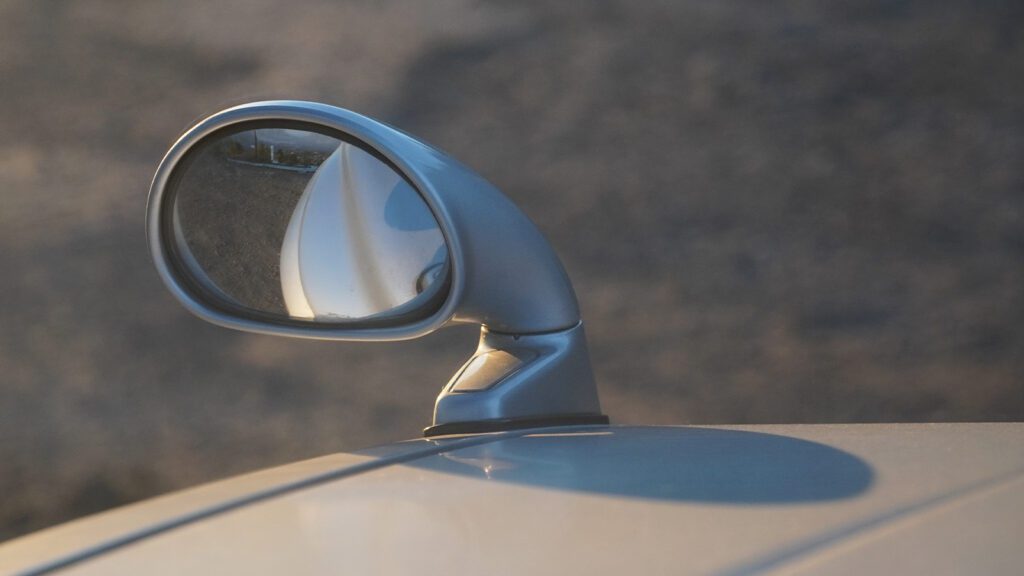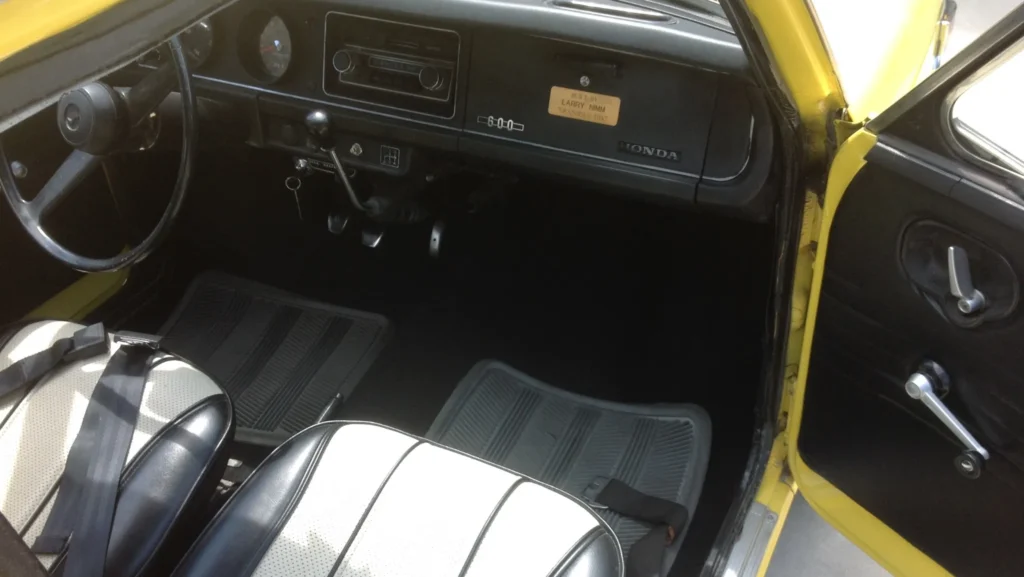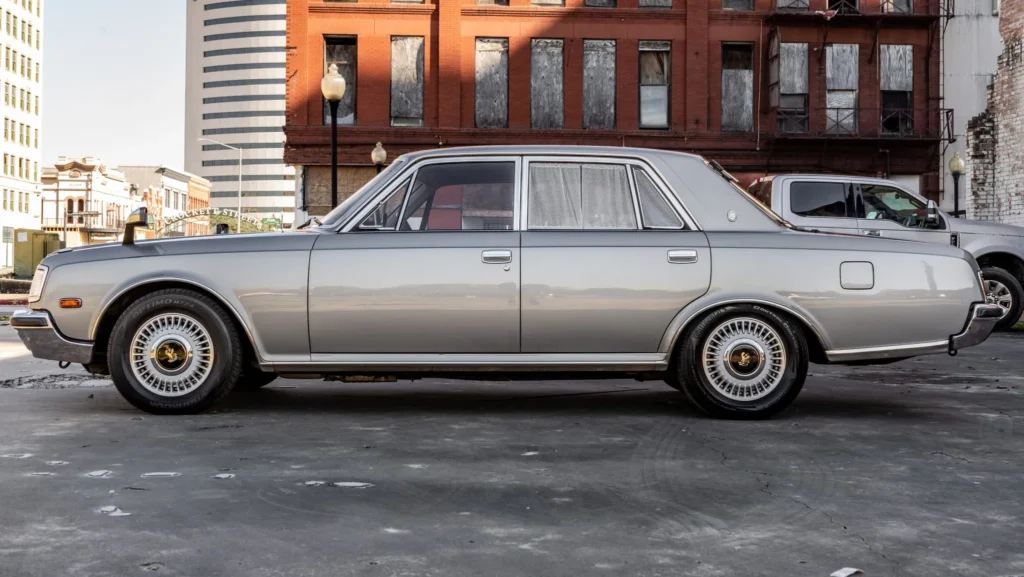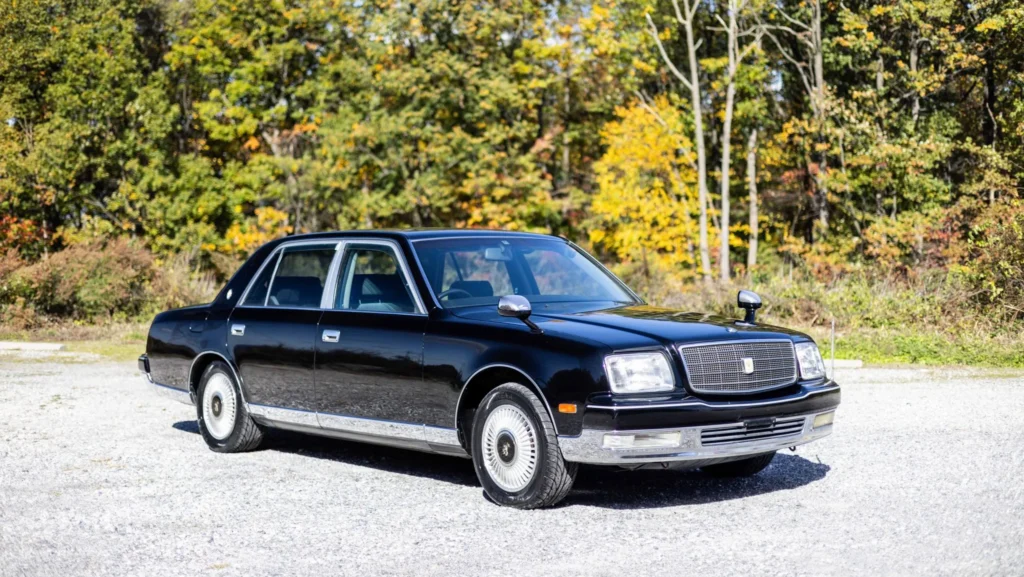Here are some awesome gearhead restaurants for your next Southern California trip
Following a recent trip to view the soft launch of the new-to-us Fiat 500e, I decided to extend my stay to tour the local touges and sample SoCal’s finest eateries, soon realizing there were plenty of places that serve someone in search of both. Call these a cafe racer’s delight! Yes, I know that term is primarily for motorcycles, but bear with me here as I showcase to you a few of the best places in LA that I’ve discovered to be culinary havens for car enthusiasts in one way or another.
Some on this list may be blatantly in-your-face about their affinity for car culture, while others serve as more of a mere convenience to gearheads due to their location rather than a tribute. Either way, every place I’ve tried on this list is a worthwhile destination for your next LA excursion, and I implore you to take that damn McDonald’s pin off your CarPlay map and indulge in some real Californian eats.
The cherry on top? All these places are within a stone’s throw from some iconic driving roads. Or, well, you know. A stone’s throw by California traffic standards.
[Button id=”479″]
Neptune’s Net – From that one scene in that one movie
On Highway 1, next to Yerba Buena Road, minutes from Decker Canyon, Topanga, Tuna Canyon, and more

What’s hot?
- Self-service fridge full of drinks (like a convenience store)
- Slap bang in the middle of many technical Malibu mountain roads
What’s not?
- Pretty expensive menu items
- Woefully crowded on any weekend
“What’s the retail on one of those?”
“More than you can afford, pal. Neptune’s Net Sampler combo.”
You already know. After beating up on Ferrari F355s on Highway 1 or coming down a downhill rager on Yerba Buena, you can treat yourself to a buffet of self-serve refreshments and some roadside food at that one set from that one movie. Established in 1956, Neptune’s Net has seen its fair share of pop culture usage, even being recreated in Grand Theft Auto V. Today, its popularity fails to waver for better or worse.
Seriously, don’t even bother on a weekend unless you’re ready to box a mom and her kids for a parking spot.
Still, the litany of convenience store refreshments, from energy drinks to booze, and the top-notch fried seafood are worth the adventure, even if the price tag can climb quite a bit. The fried shrimp and scallops are my favorite, and the coleslaw actually ain’t bad! Haters be damned. I’ll eat their slaw every time. Burgers, salads, and sandwiches are also available, although I have yet to try them in my months of visiting here.





Fujiwara Tofu Cafe – Here’s one for the racers and weeaboos alike
Off the 10 in El Monte, CA, 30 minutes from San Gabriel Canyon Road and Glendora Mountain Road

What’s hot?
- A fun, unconventional menu like few milk tea shops around
- Doubles as a lifestyle brand for Initial D and local grassroots motorsports fans
What’s not?
- Soymilk-based everything is an acquired taste
- Most merch is usually only sold online or at events
Order food. Order drinks. Play the arcade games, and go tear up Glendora Mountain Road afterward. Doesn’t matter to me. Just don’t spill the water.
A personal favorite of mine that I’m now shoving down all of your throats, Fujiwara Tofu Cafe is probably one of the best, most honest, and true-to-its-roots take on a themed eatery outside of an amusement park. I mean, come on. There’s Initial D playing on the tele. The order counter is adorned with various car culture, racing, and Initial D stickers with signage from Bunta’s tofu shop overhead. Over the ordering tablets is an AE86 Corolla door with the tofu shop script. And beyond that, they’re a retailer for kickass automotive lifestyle merch and Initial D memorabilia and a venue for small-scale car meets. Oh yeah. And the menu.
Iketani Senpai (green Thai tea) is my current favorite, which is ironic because I hate Iketani in the show. The fried tofu with its sweet-and-sour sauce is (insert Italian hand gesture emoji), and as a Filipino-American, their tofu puddings send me into Anton Ego mode, vividly reminding me of taho.
Doesn’t matter if you’re a fan of the franchise or not. If that doesn’t scream car enthusiast haven, I don’t know what does. Go here and give them your money. Sure, soy-based everything is an acquired taste, and I have an even split of friends who love and hate the menu, but it’s certainly a whimsical take on your typical tea shop offerings and still worth every bit of your time to stop by after a long road trip or a hard canyon drive.




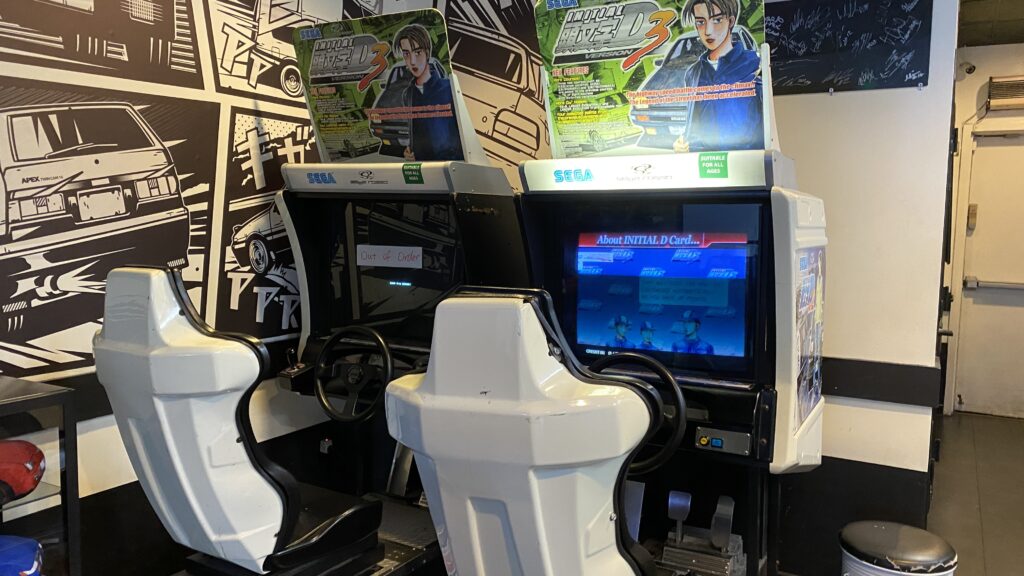




Wild Oak Cafe – Brekkie under the trees near LA’s most famous driving road
On Chevy Chase Drive in Glendale, CA, minutes from Angeles Crest Highway and Angeles Forest

What’s hot?
- Expansive breakfast and coffee menu for a small shop
- Gorgeous patio area and decor
What’s not?
- Limited parking spaces
- In the middle of a neighborhood, so don’t be a dick if you have a loud exhaust
Perhaps the least car culture-oriented place on this list and the most quaint, serene, and lowkey. Wild Oak Cafe is saddled right in the middle of a lovably peaceful Glendale neighborhood in the hills at the base of Angeles Crest Highway, one of the most famous driving roads in the LA area. Just a few minutes from the entrance of the road is this breakfast joint seemingly built out of an old market or gas station, with trees filtering the sunlight over the hilltops and potted plants and a dilapidated old Model T setting the mood.
The entire dining area is outdoors on the patio, and you can treat yourself to an array of familiar and cozy breakfast dishes to start or end your morning drive. Breakfast sandwiches, burritos, traditional American breakfasts with eggs and bacon, and waffles are staples here. A treat for those who’ve never had it would be the Armenian coffee served in a traditionally small portion but brewed with enough of a kick to the teeth to jumpstart any coffee junkie.
No, it’s not really car enthusiast-centric, but its location makes it the perfect stop before or after the canyons. Just don’t be a dickhead and respect the neighbors who probably paid an arm and a leg for homes I can never afford in my lifetime.




Motoring Coffee – Mochas, matcha, and motor oil in the air
On Olympic Boulevard in Los Angeles, CA, 25 minutes to downtown and 30 minutes to Topanga Canyon

What’s hot?
- Top-notch coffee shop offerings
- Starbucks doesn’t have a Honda Acty dining table
What’s not?
- Being a storage facility for privately-owned cars, you can’t get too close
- Limited food menu
Not that hungry but can go for some caffeine? Meander on over to Motoring Coffee between downtown and the coast, where LA’s eclectic upper echelon of car enthusiasts have decided to turn their storage facility into a hip public business. Just don’t breathe too close to someone’s car.
The food menu is quite limited to basic coffee shop affair, like croissants and cookies, and their drinks menu is comprised of fairly standard offerings you’d find at any other cafe. Thankfully, they put forth effort to do it right and make them as good as they can be. Their mocha and matcha lattes are sweet and satisfying without being overly decadent like the liquid candy masquerading as coffee from a chain coffee shop, and the vibes of being surrounded by classic 911s, old Land Cruisers, and a few trick motorcycles make for a pleasant place to kill time for a short period.
Cons? Well. I wish I were a member. Their private rooms in the back, separate from the coffee shop front, are just the place I want to be when I say I feel like going for a drive, but the sheer weight of my laziness keeps me from actually making it to any worthwhile road. So please stop by for a drink and at least feel like a million bucks as you spill coffee all over their Honda Acty dining table.
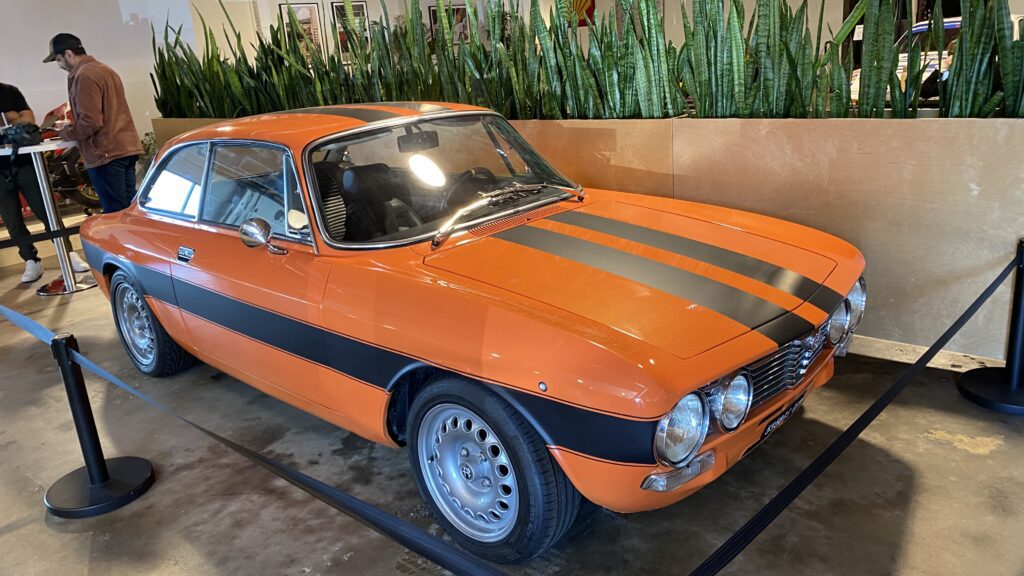
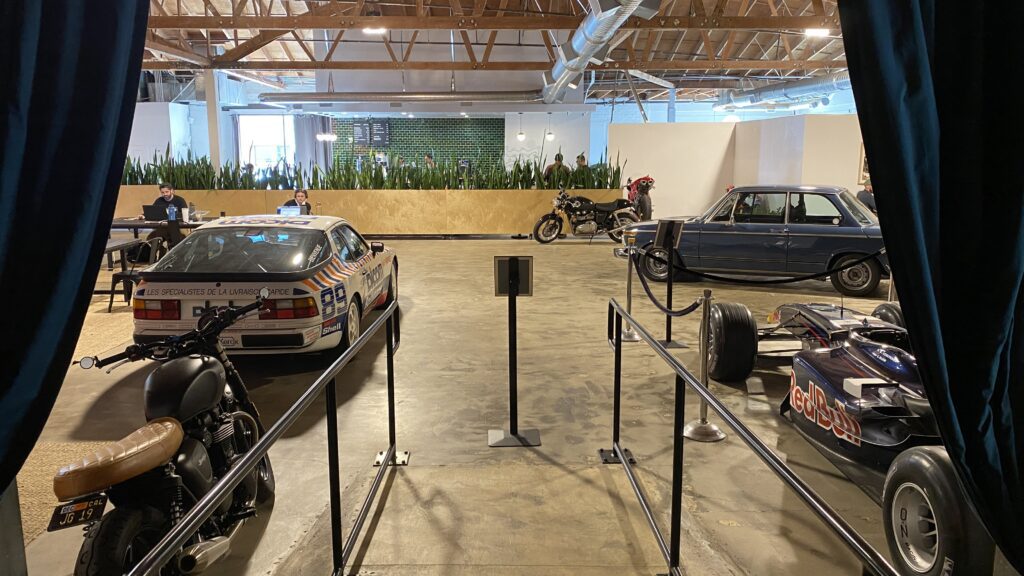
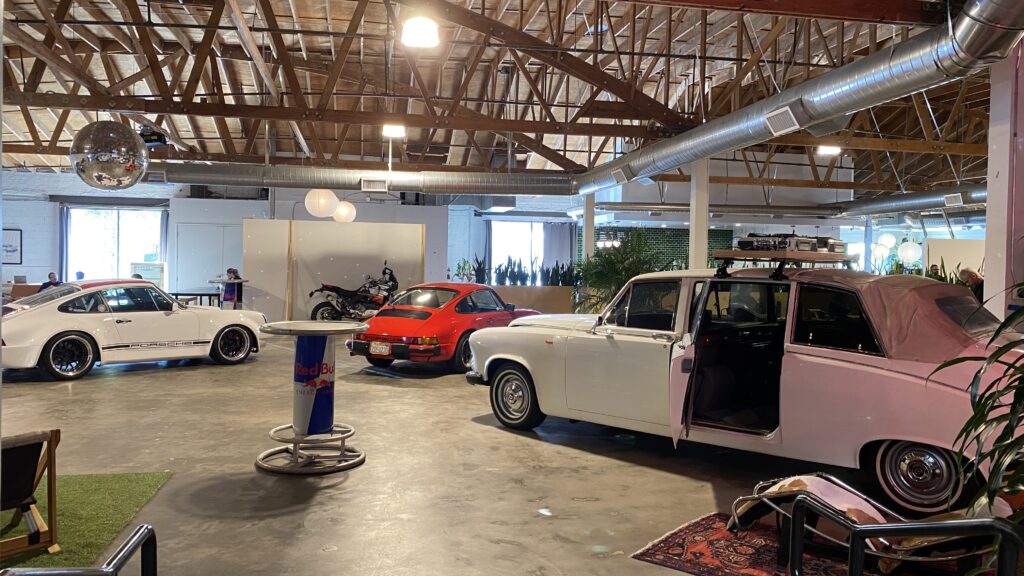




Sigh. Man, I miss FoodTribe. Those were the days.



